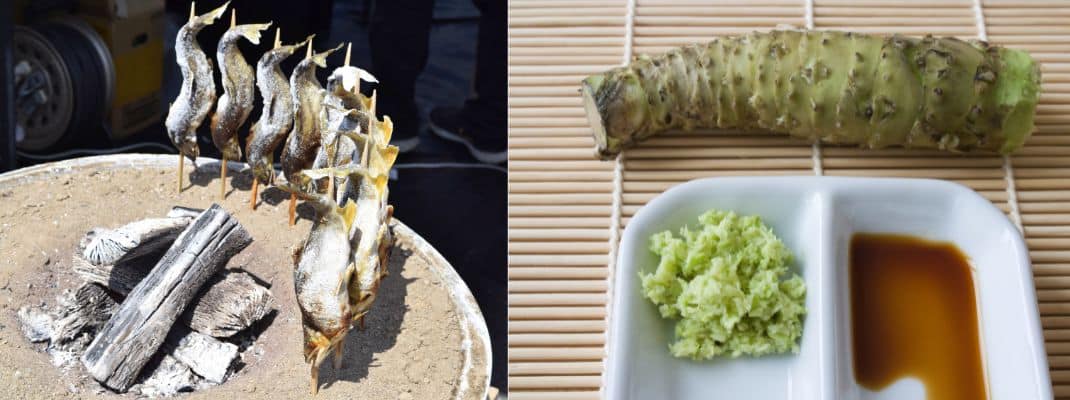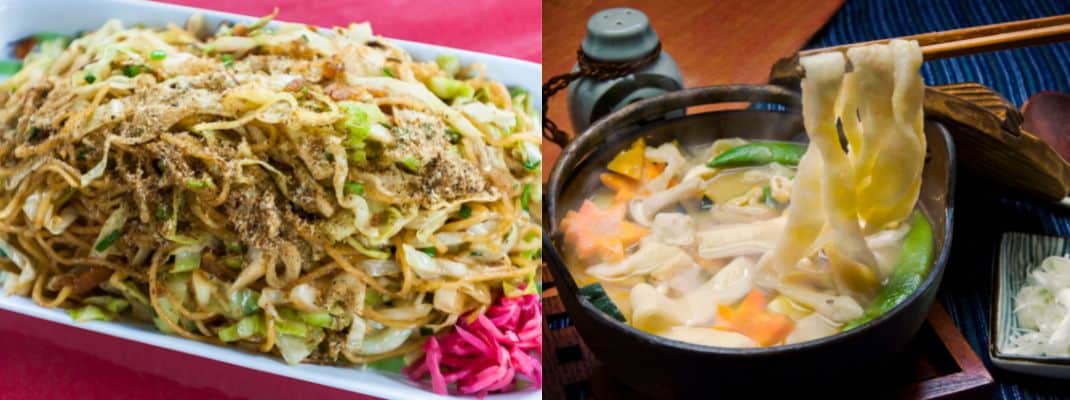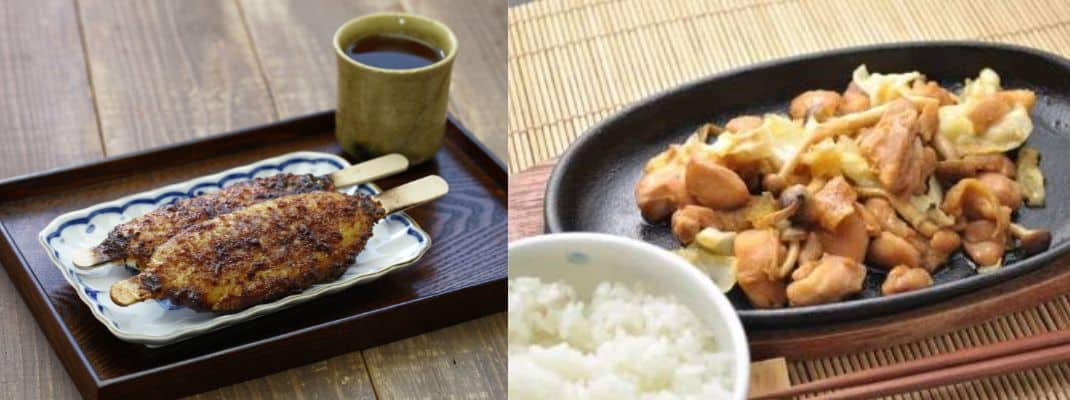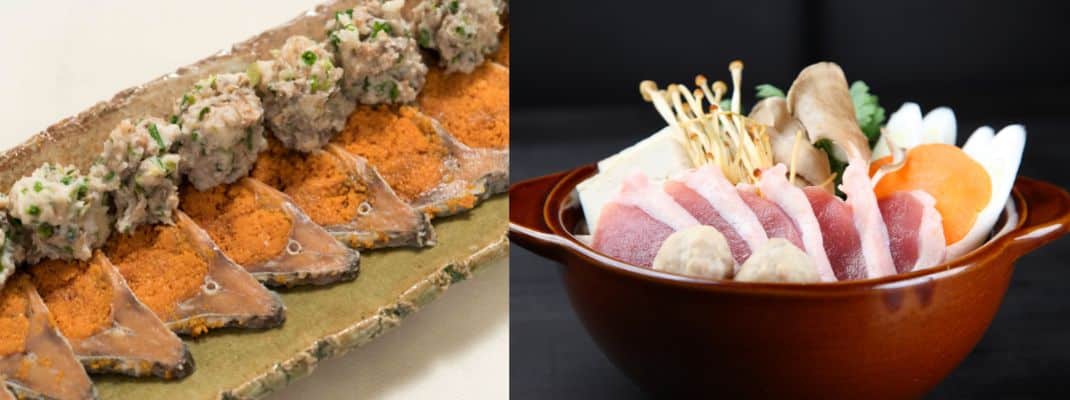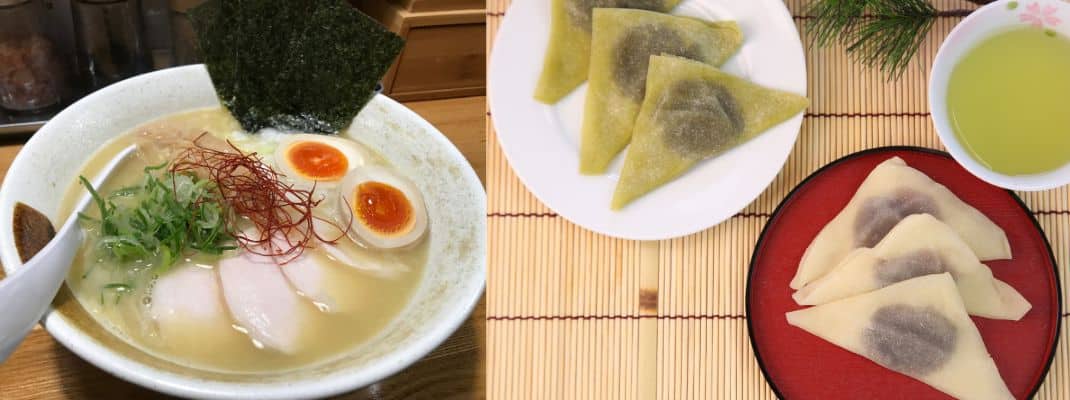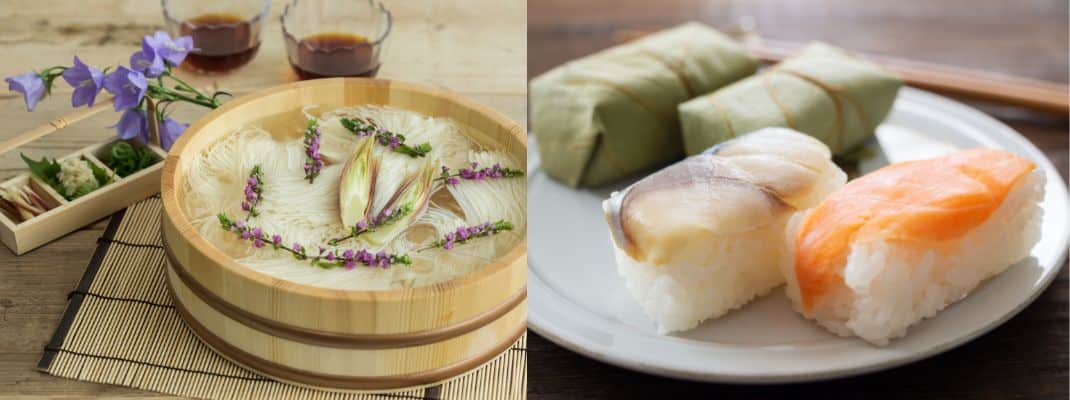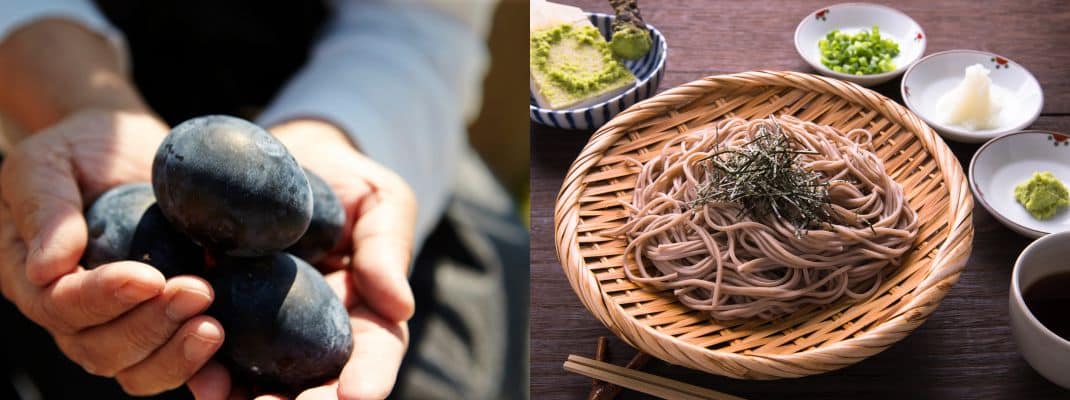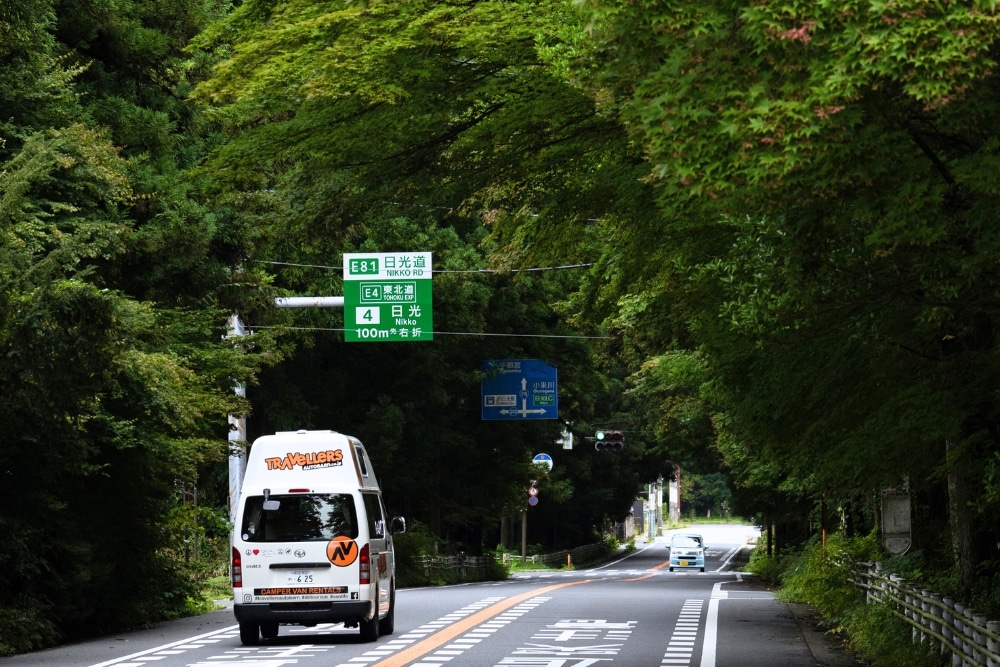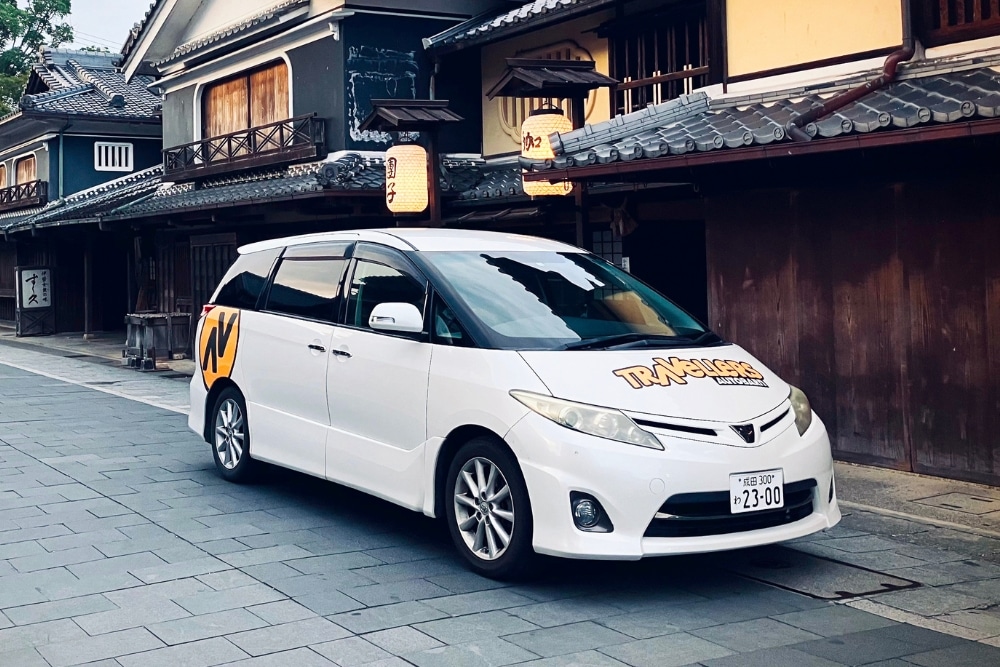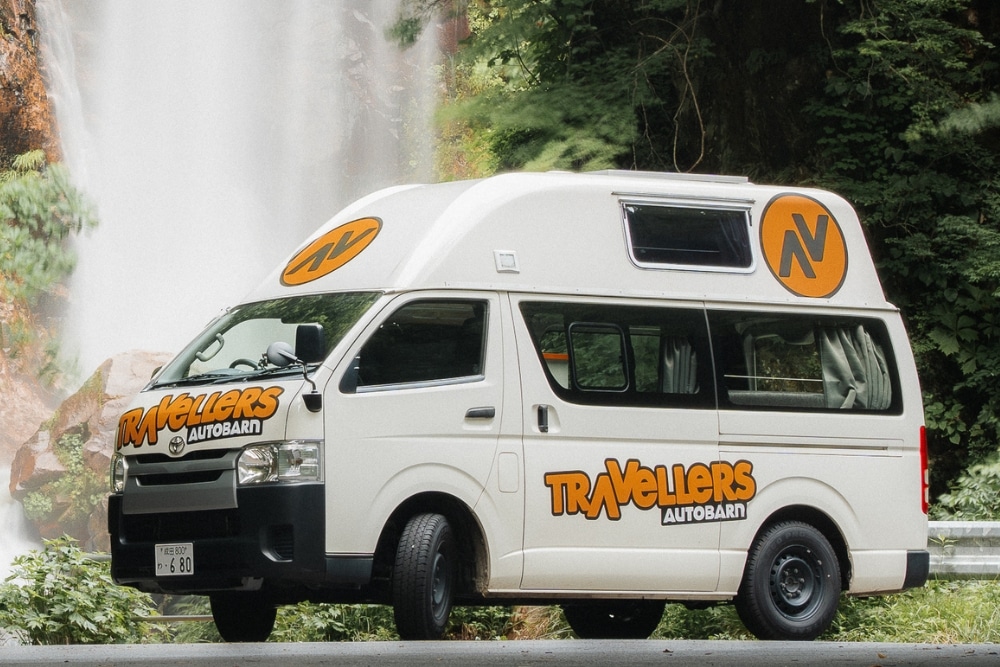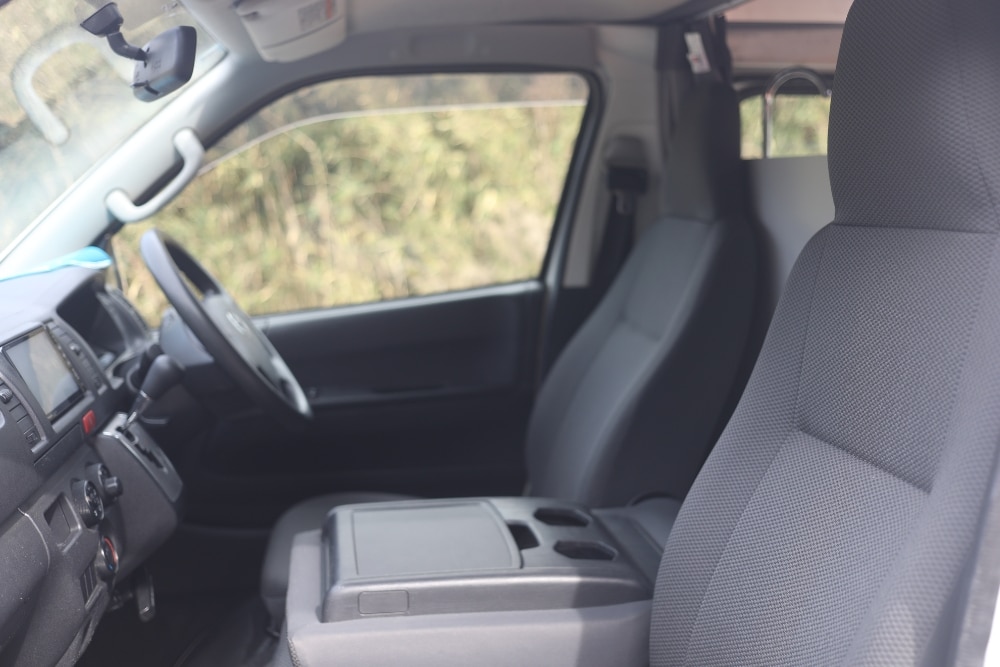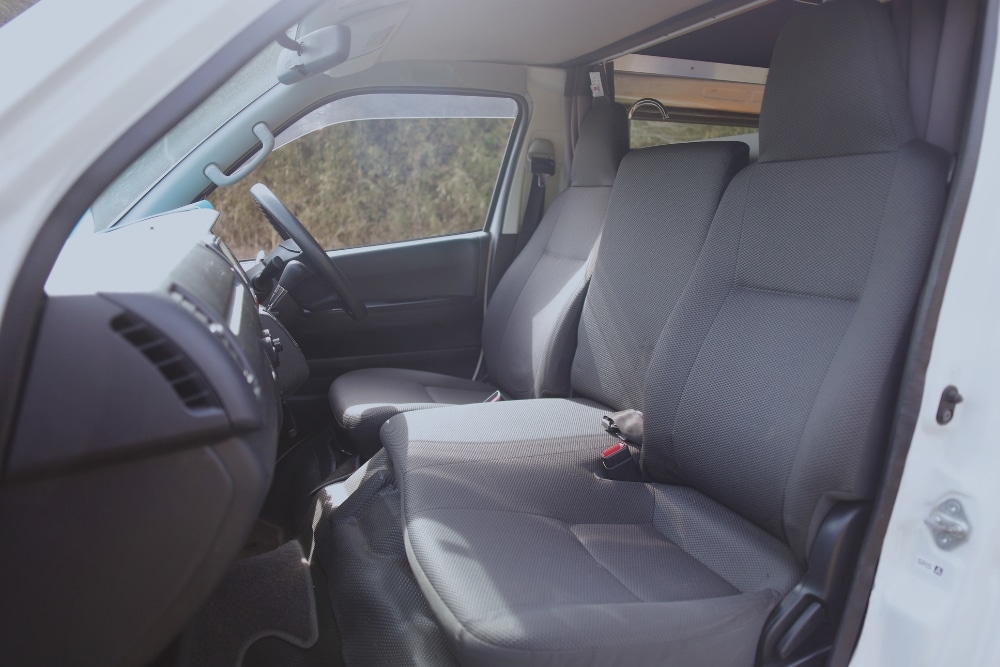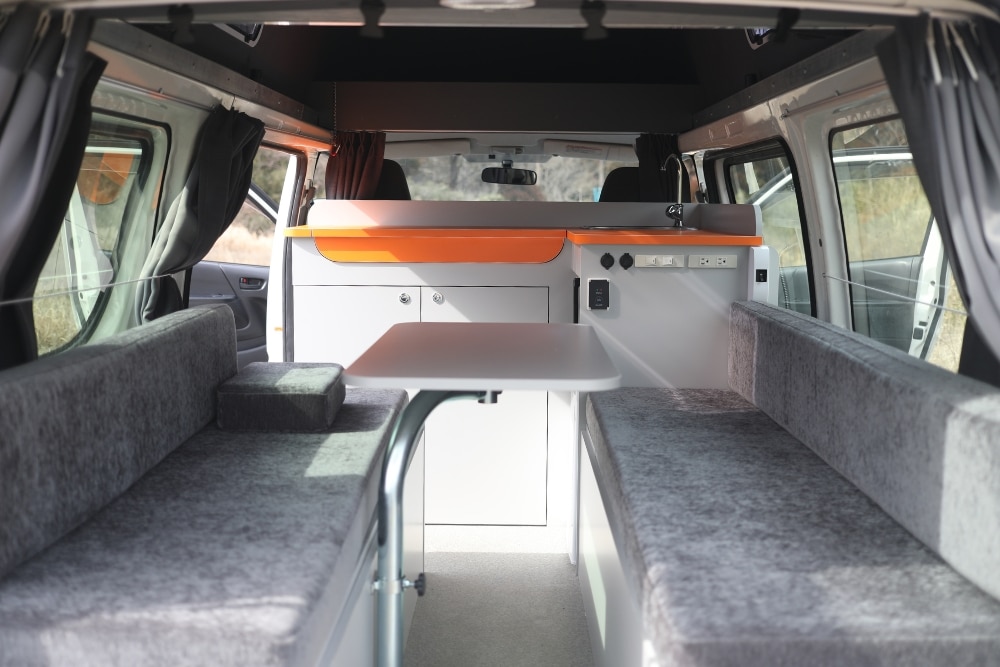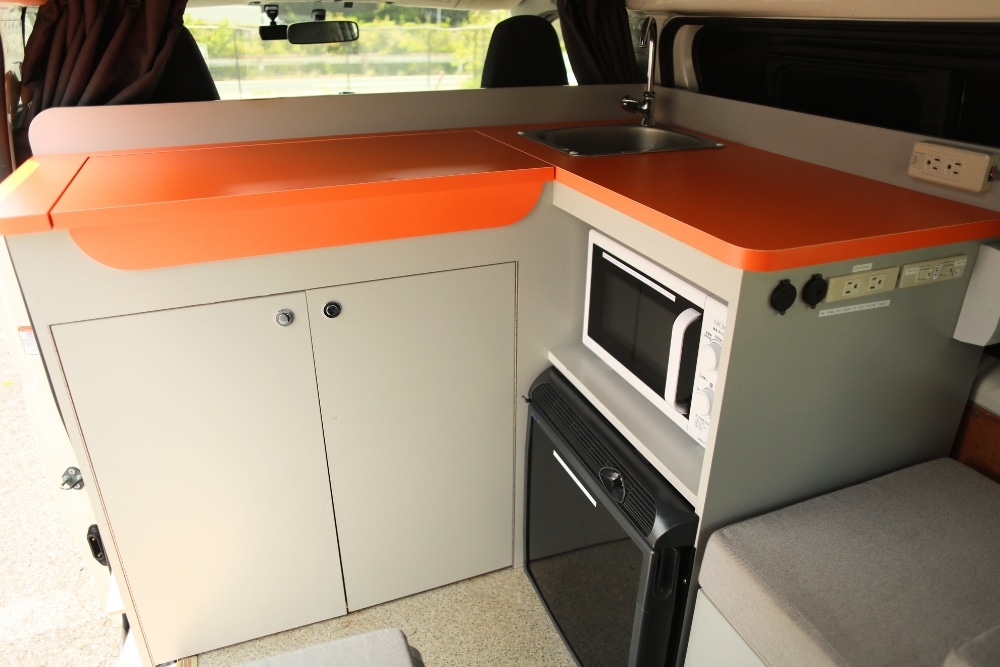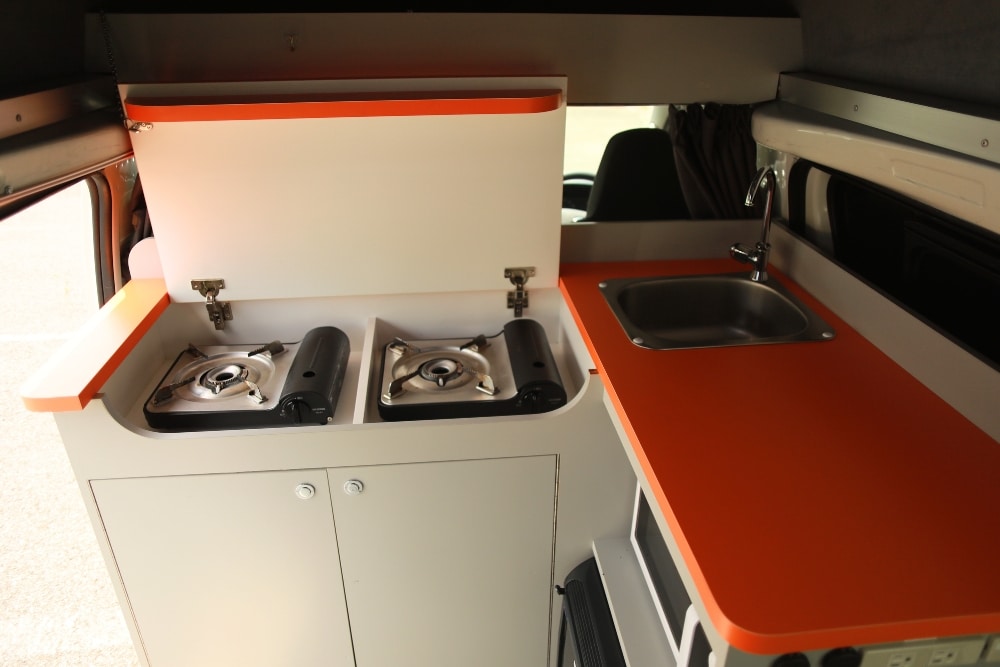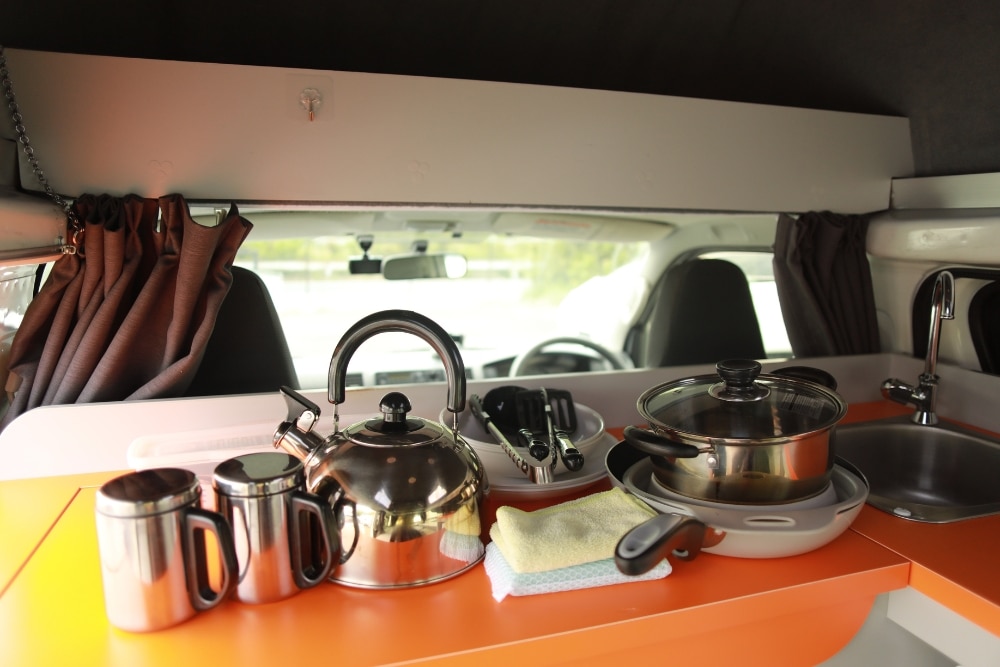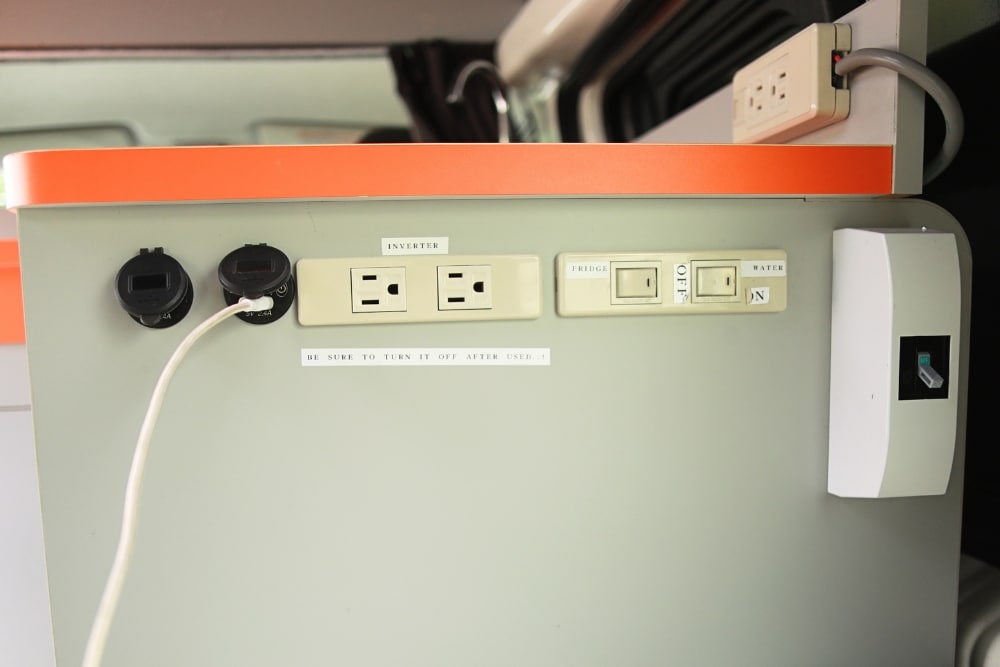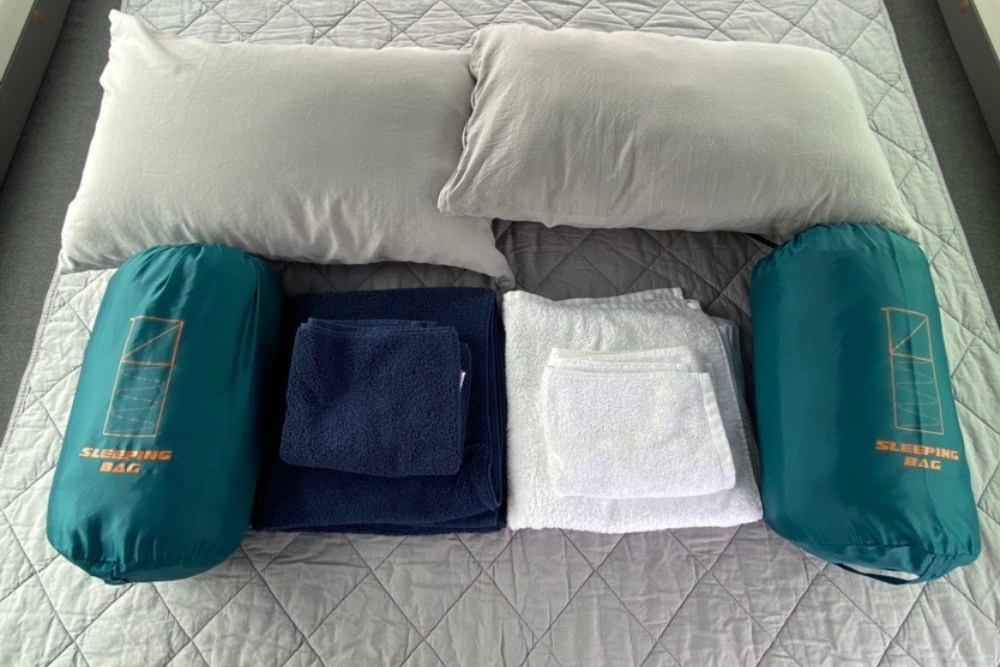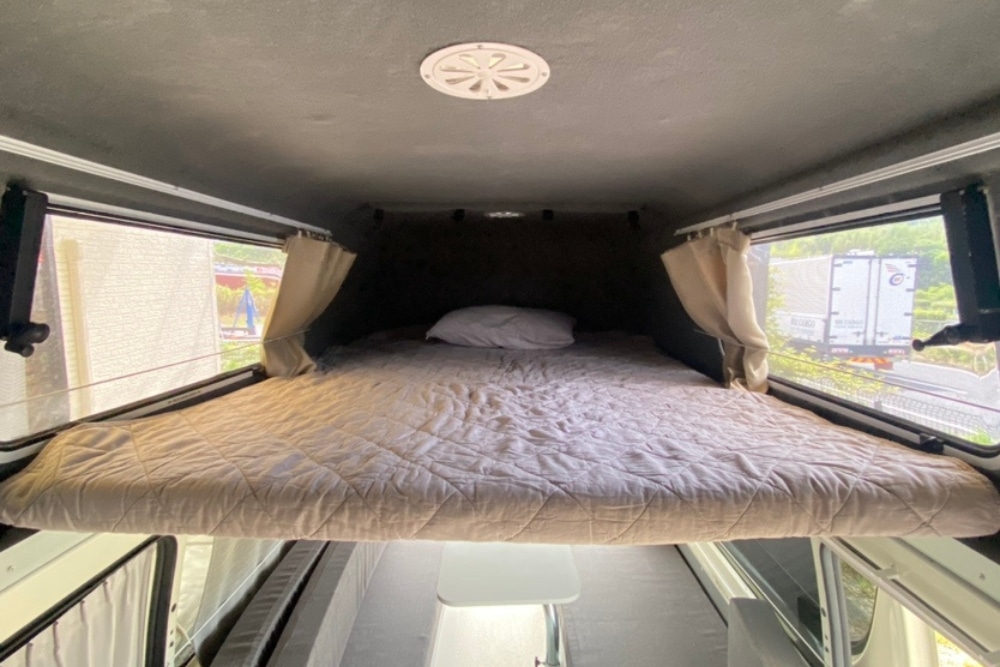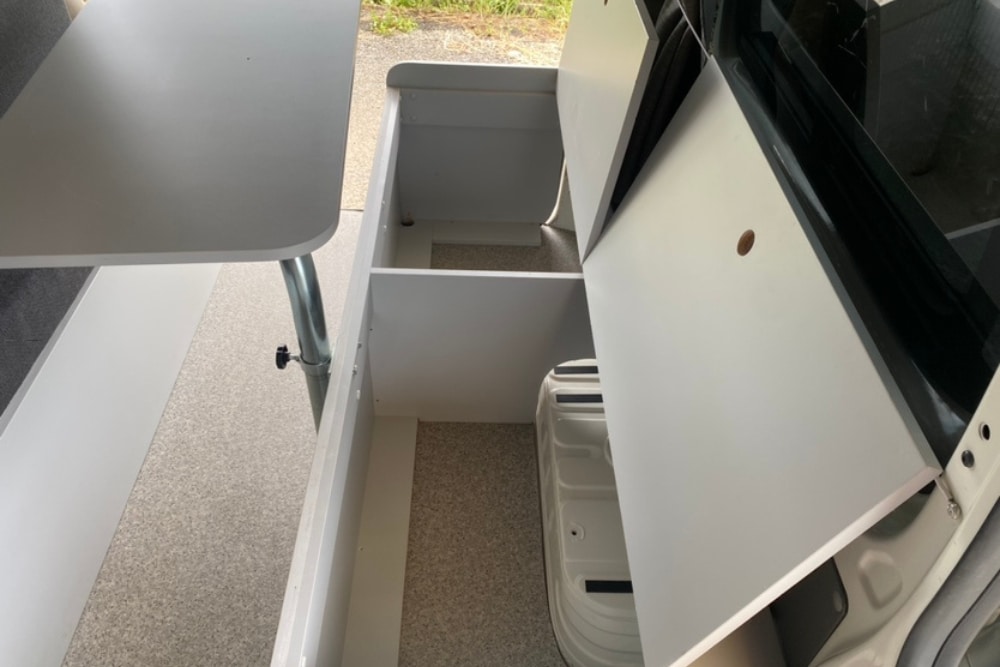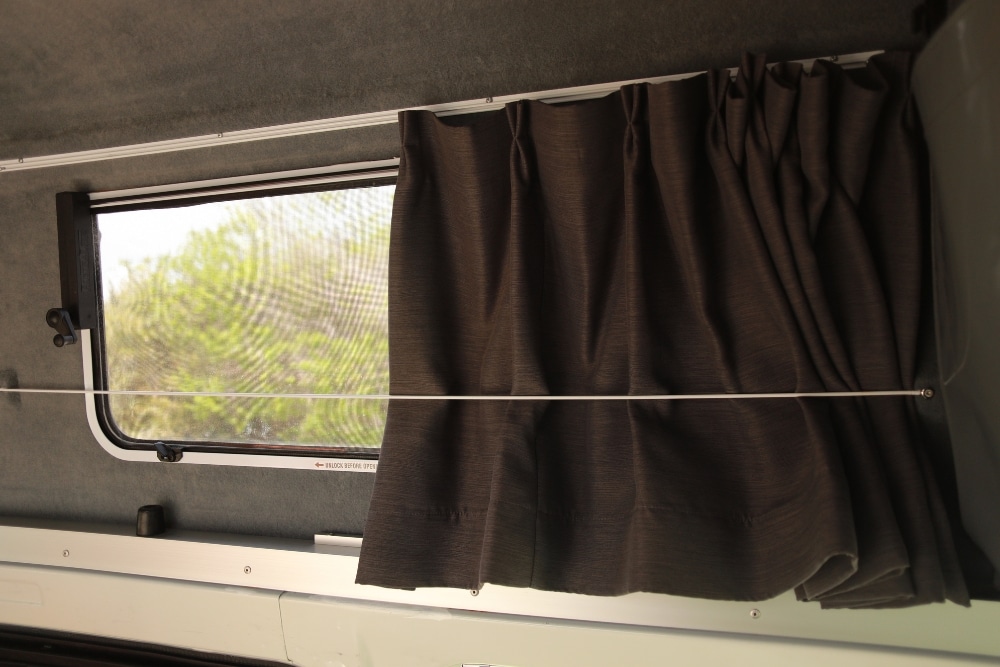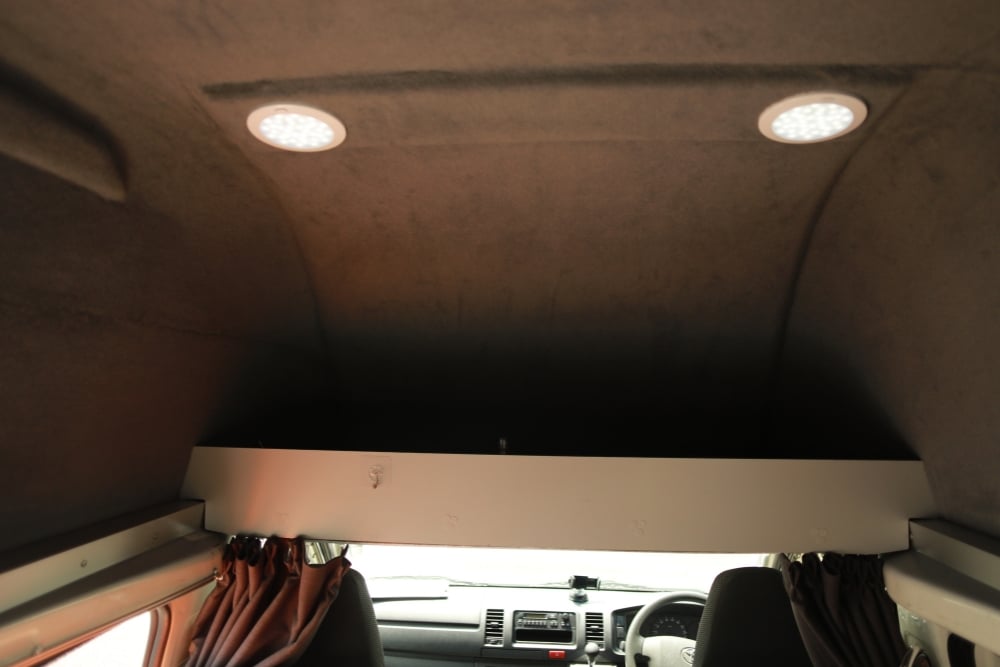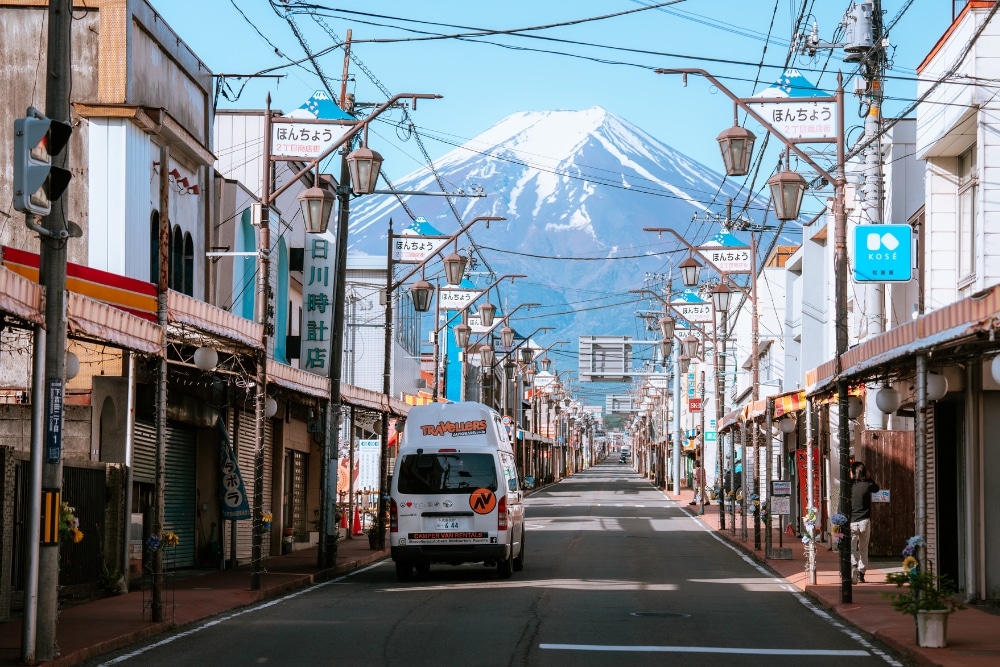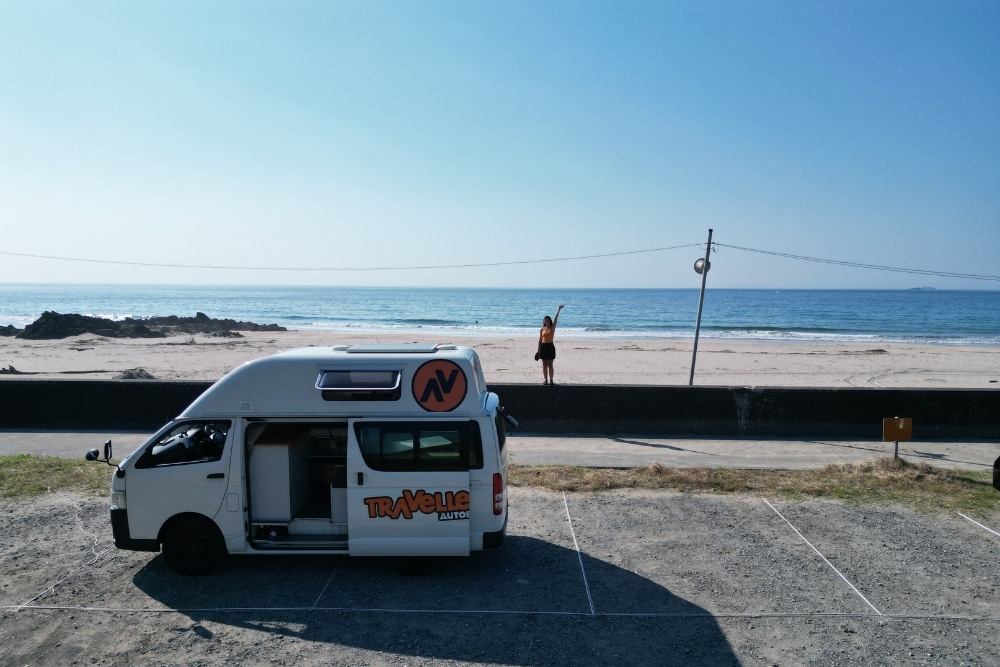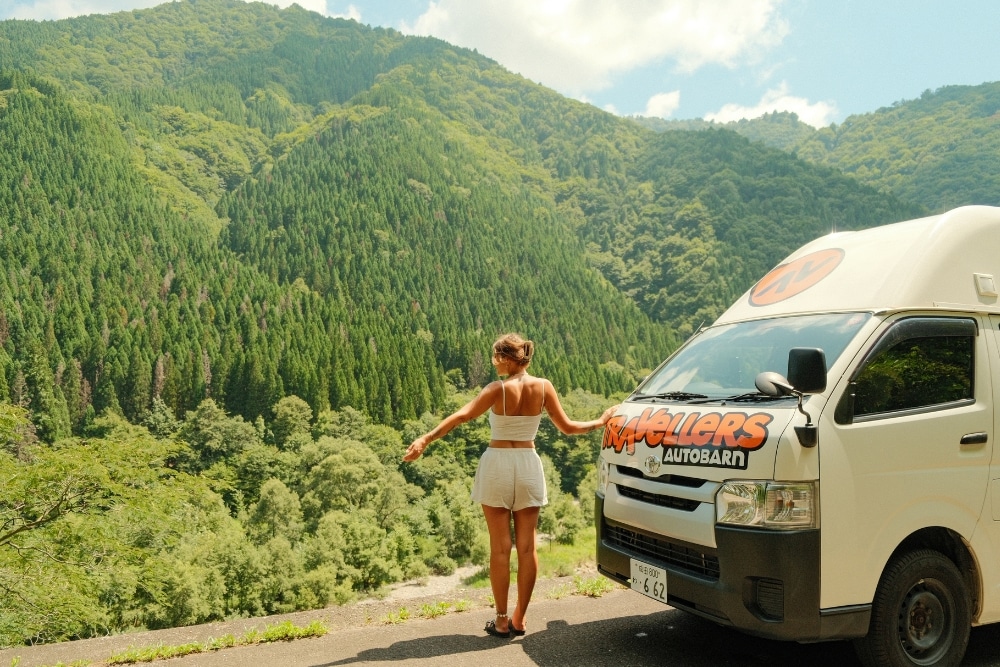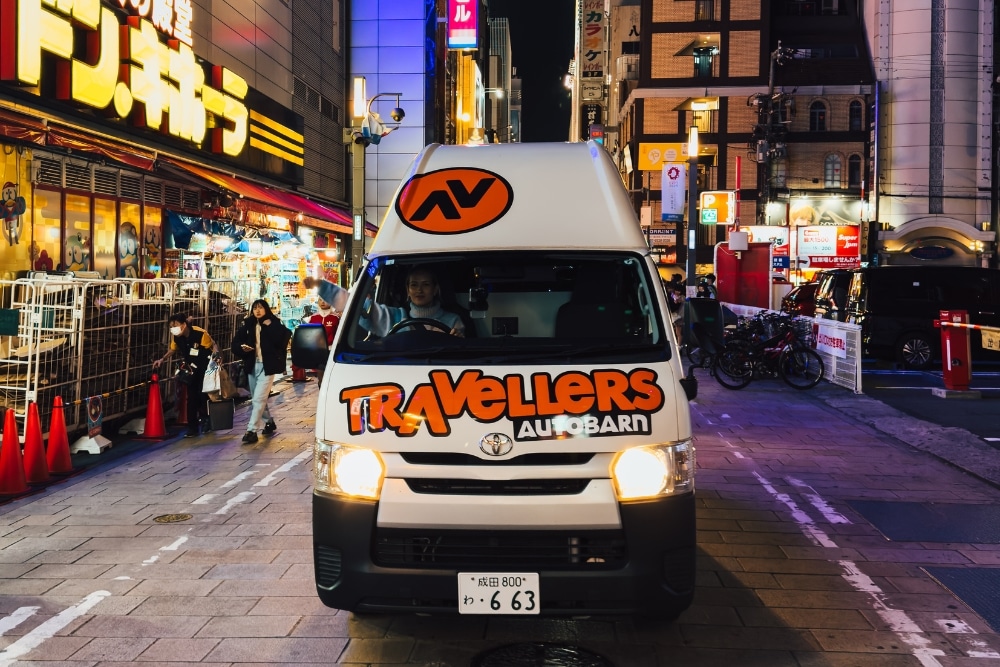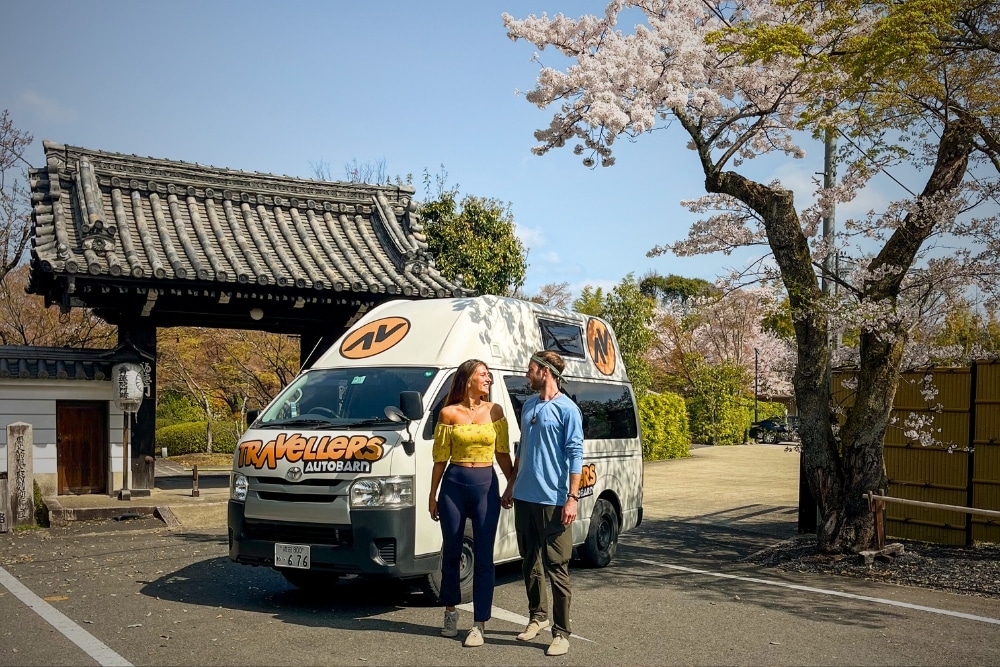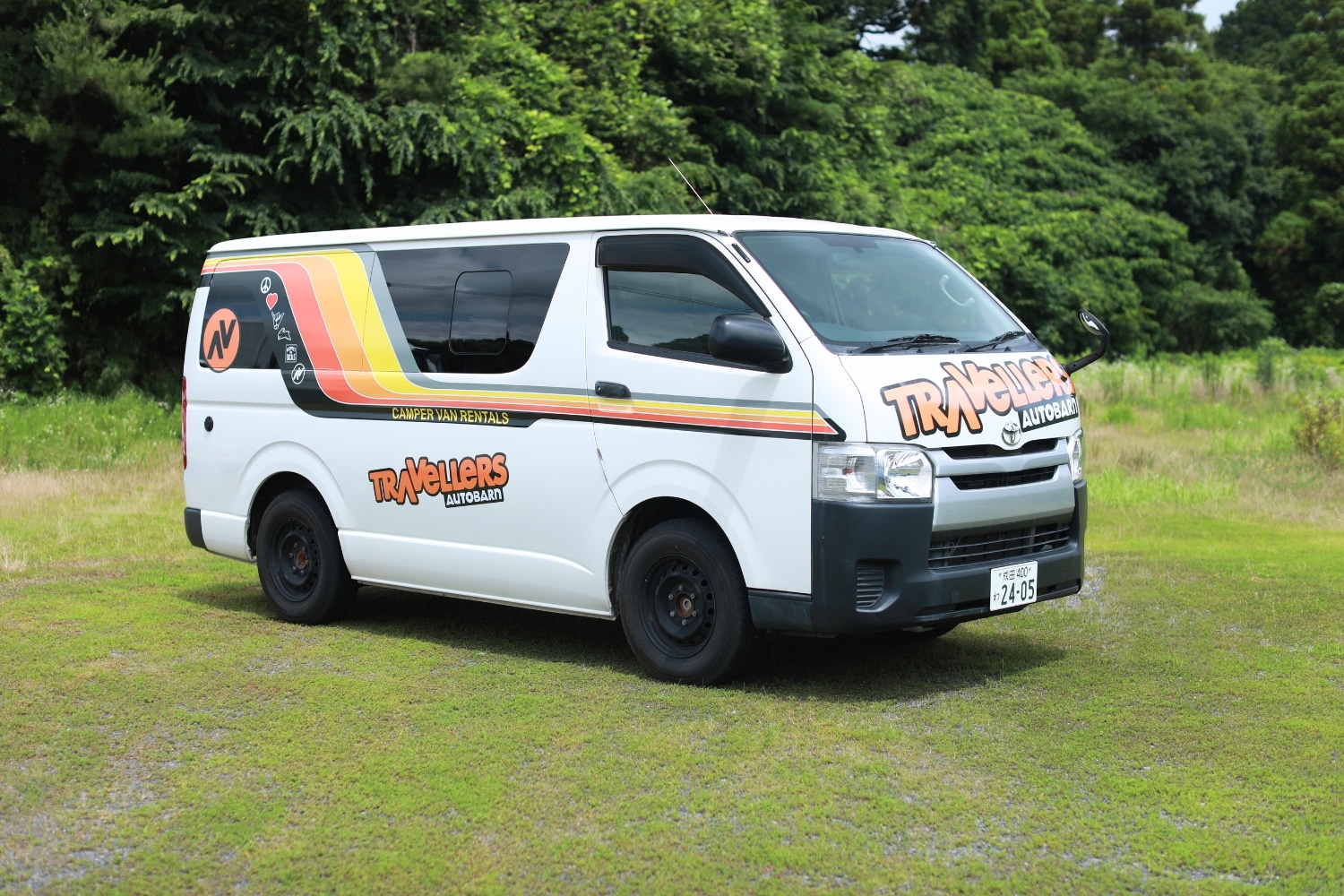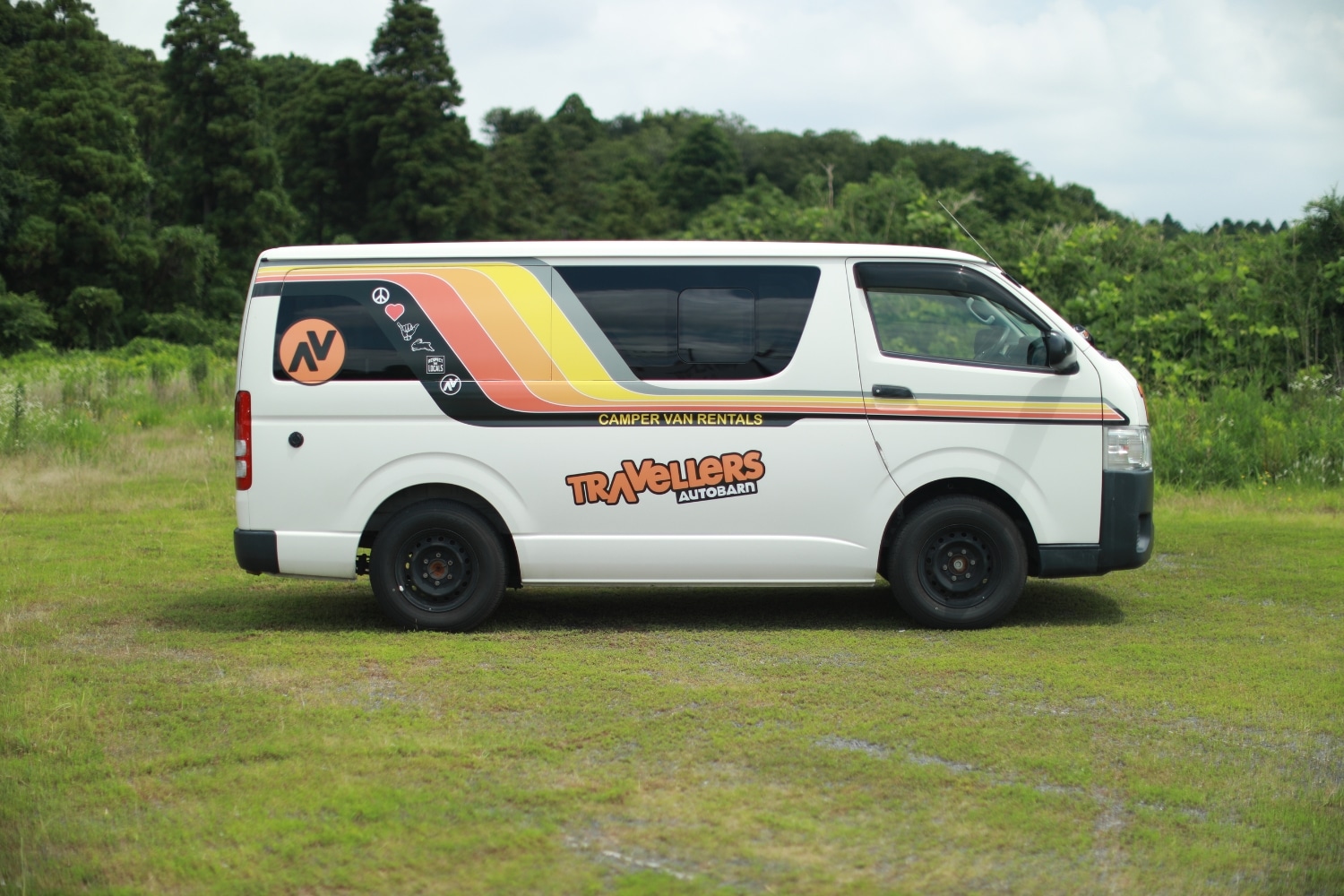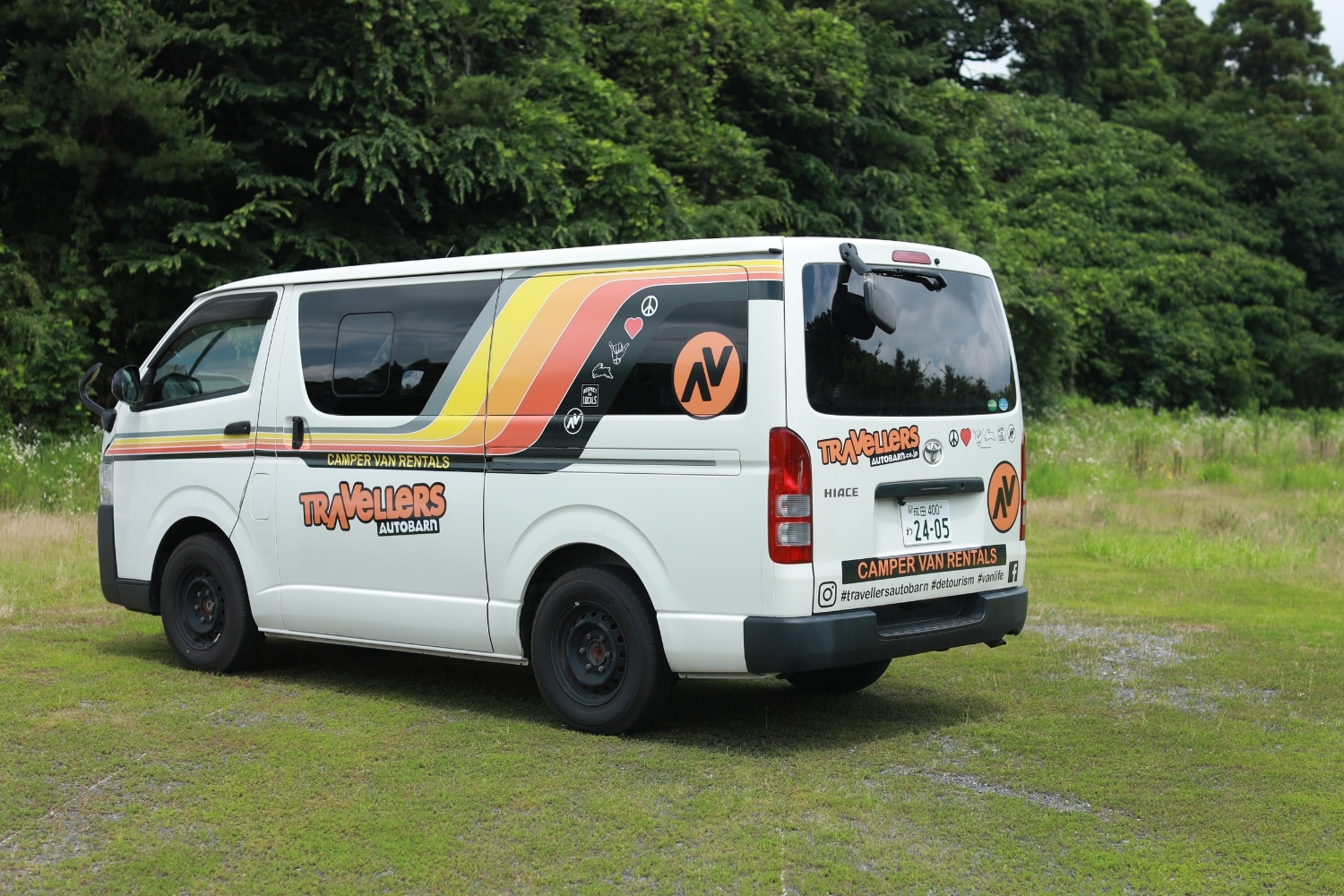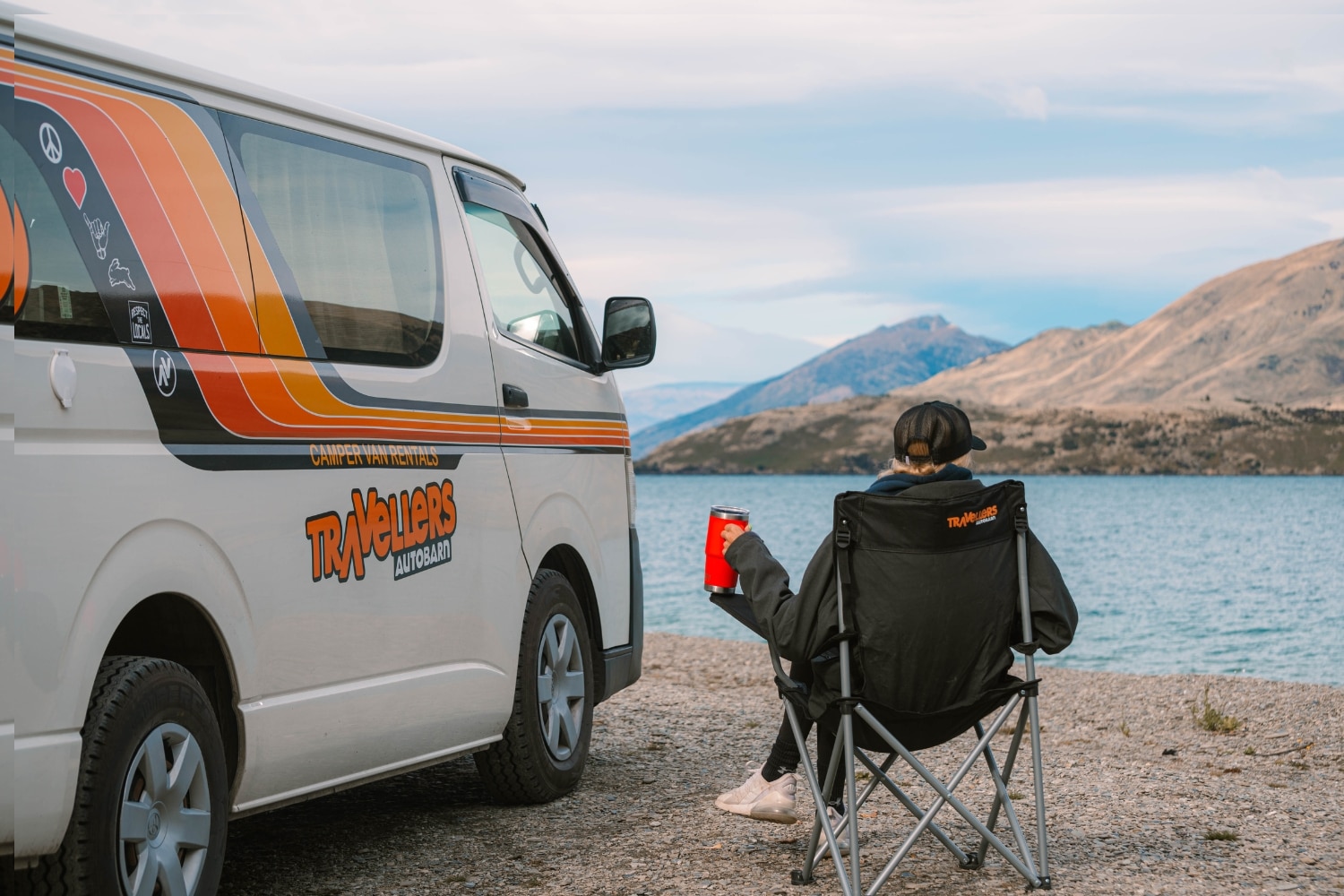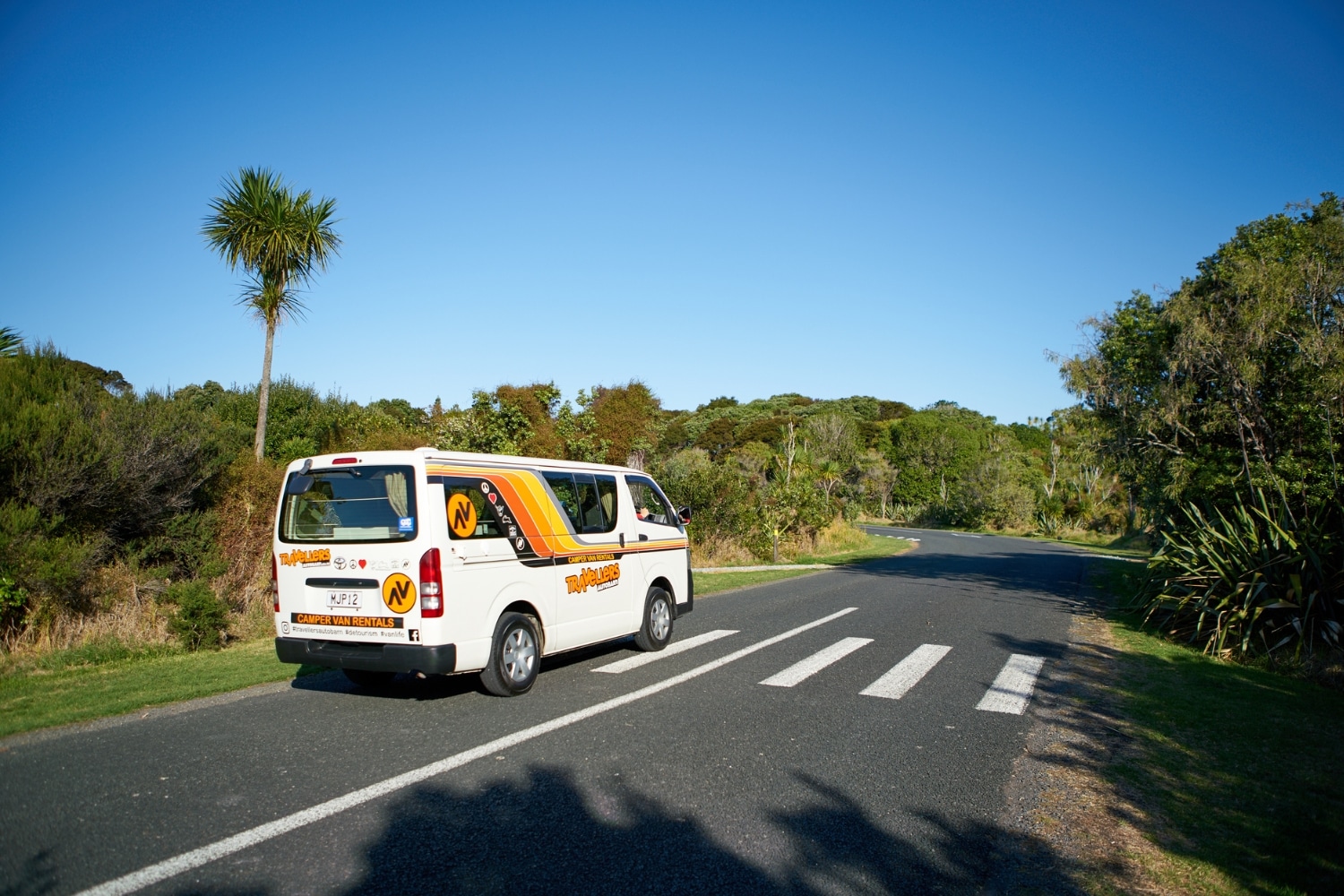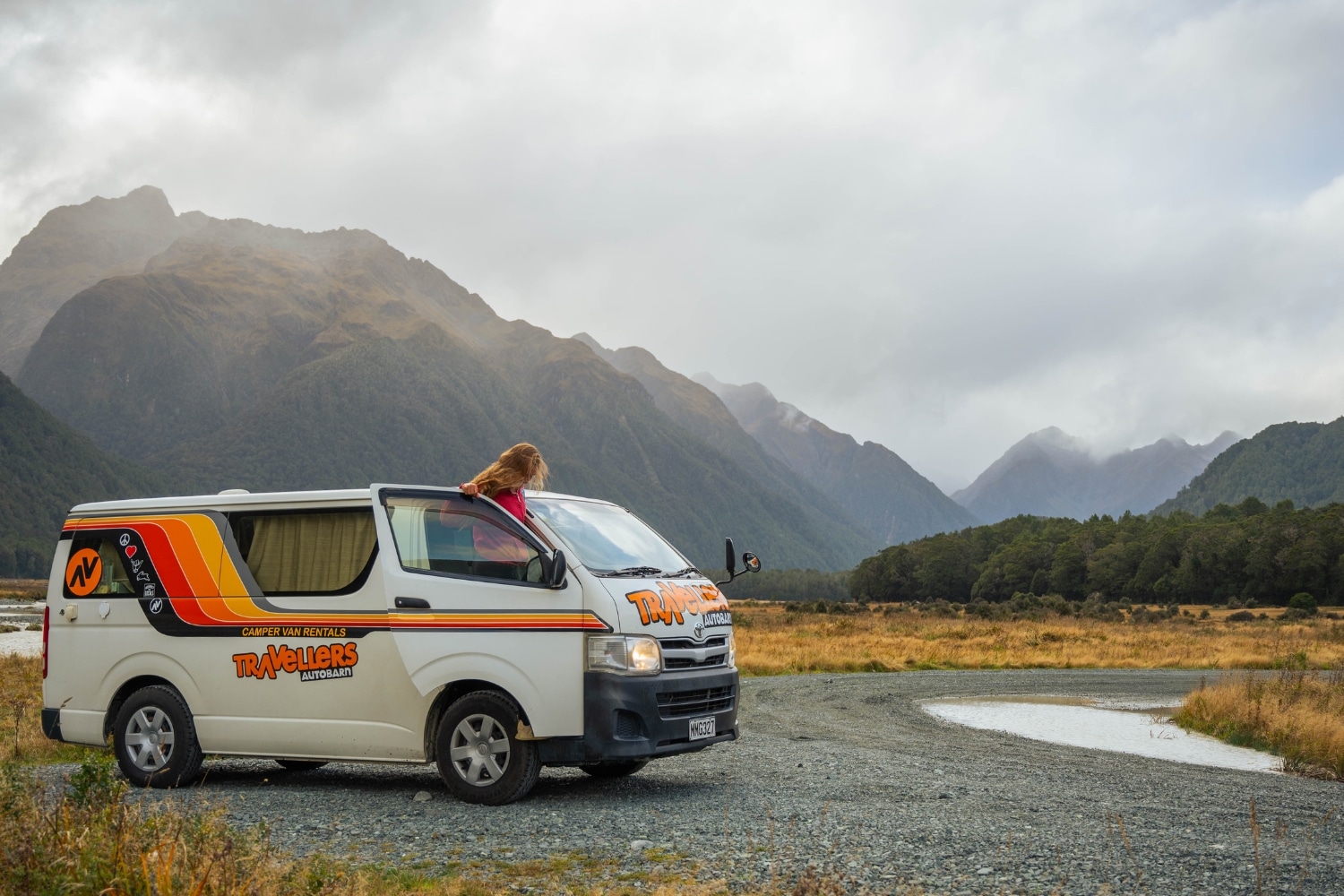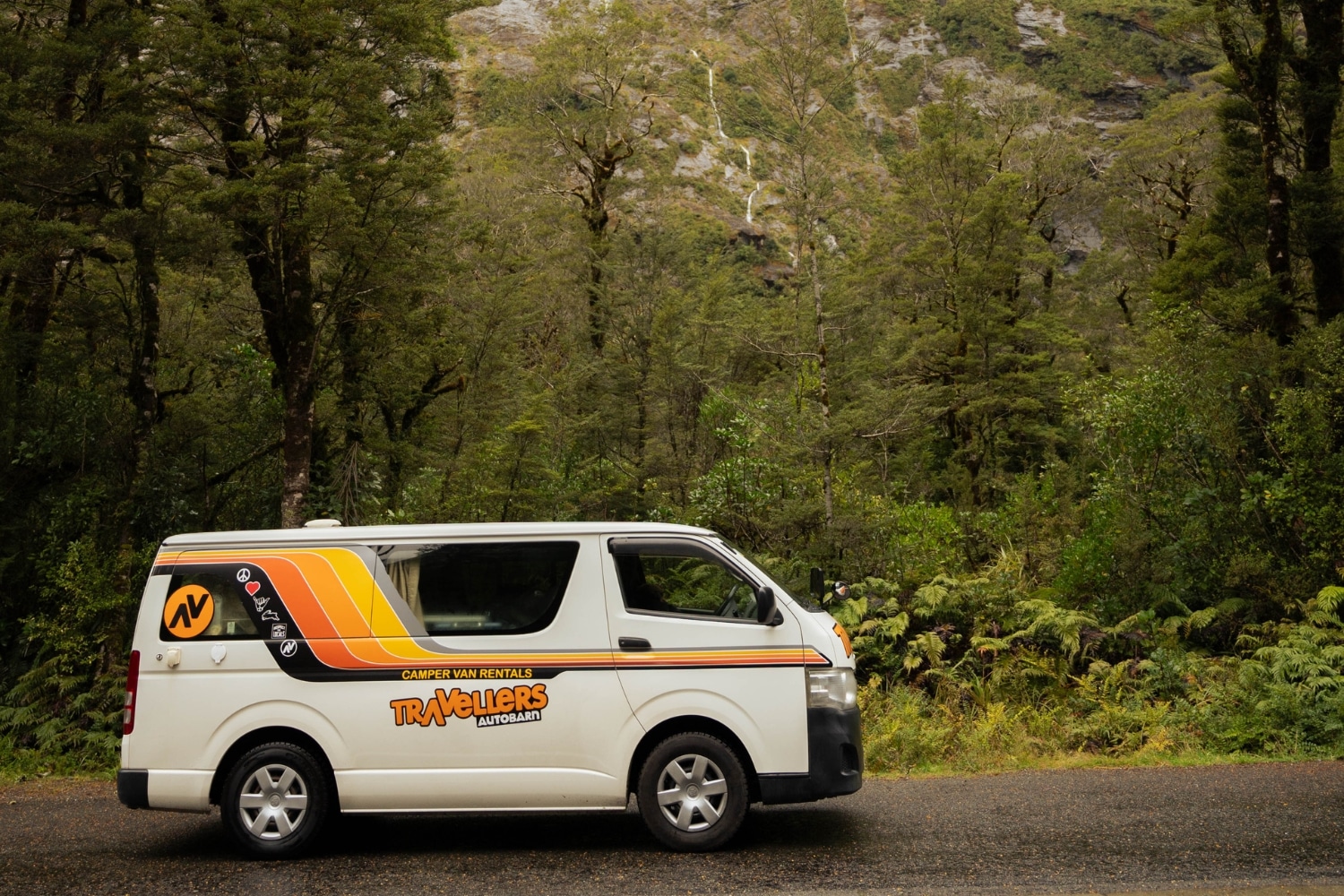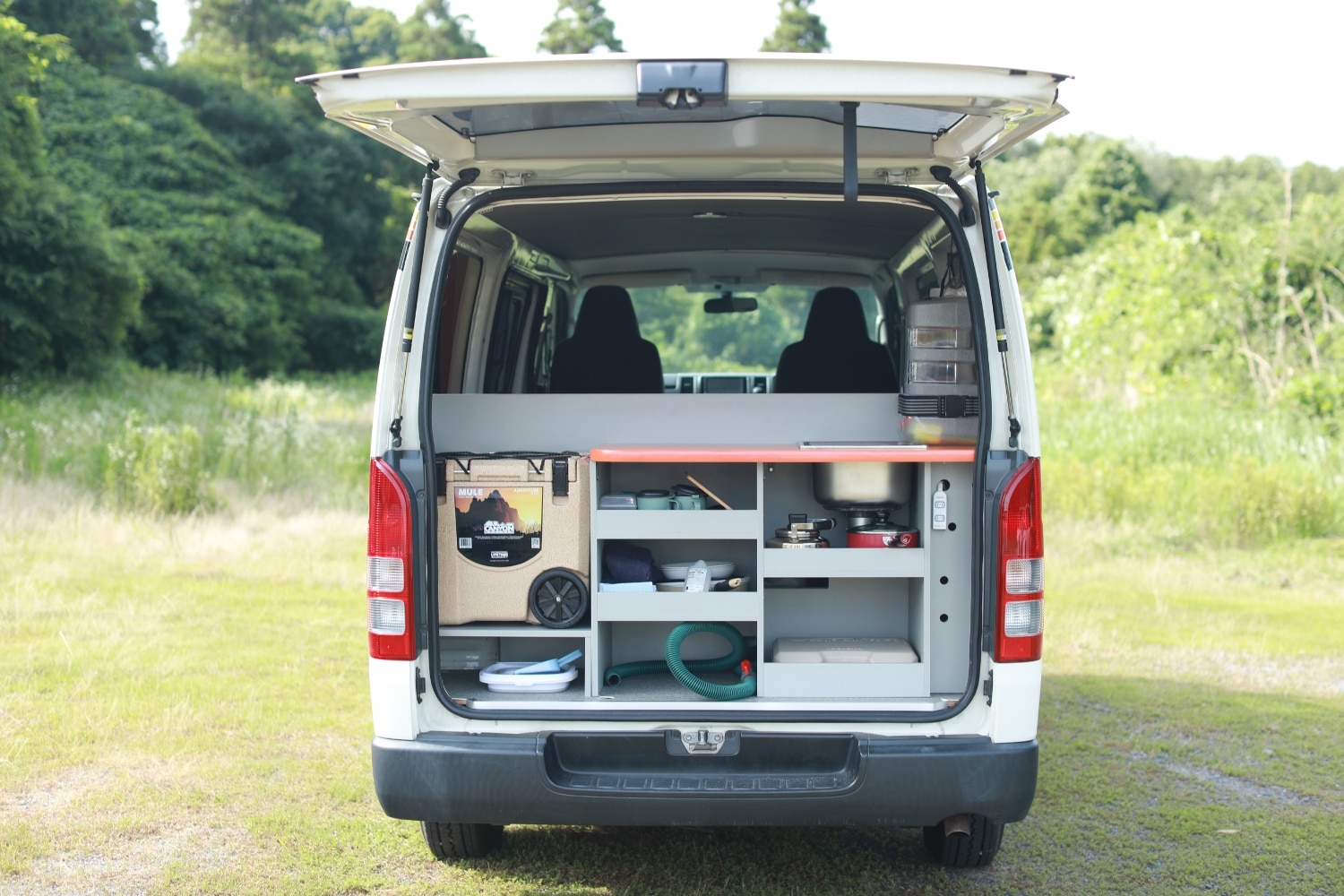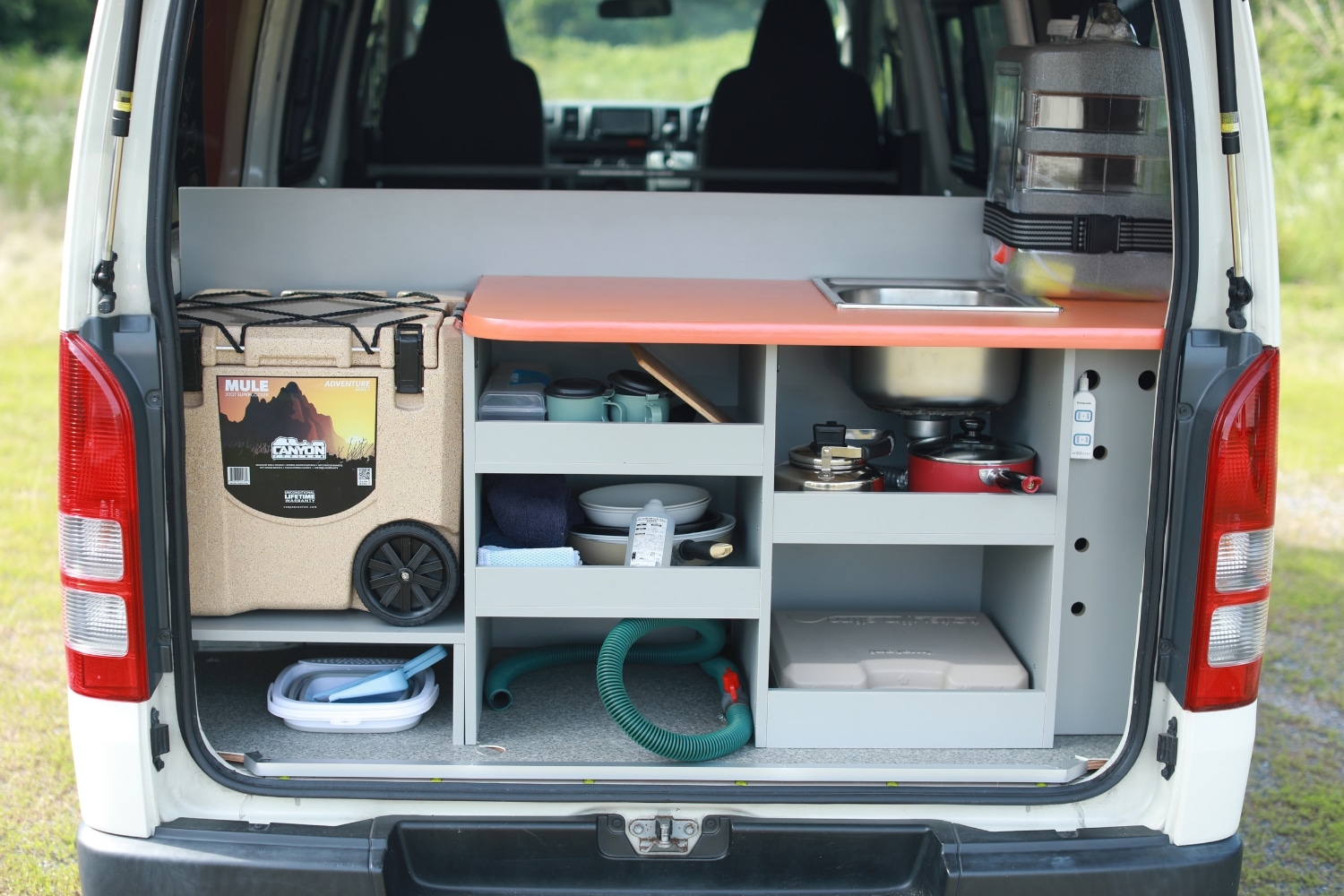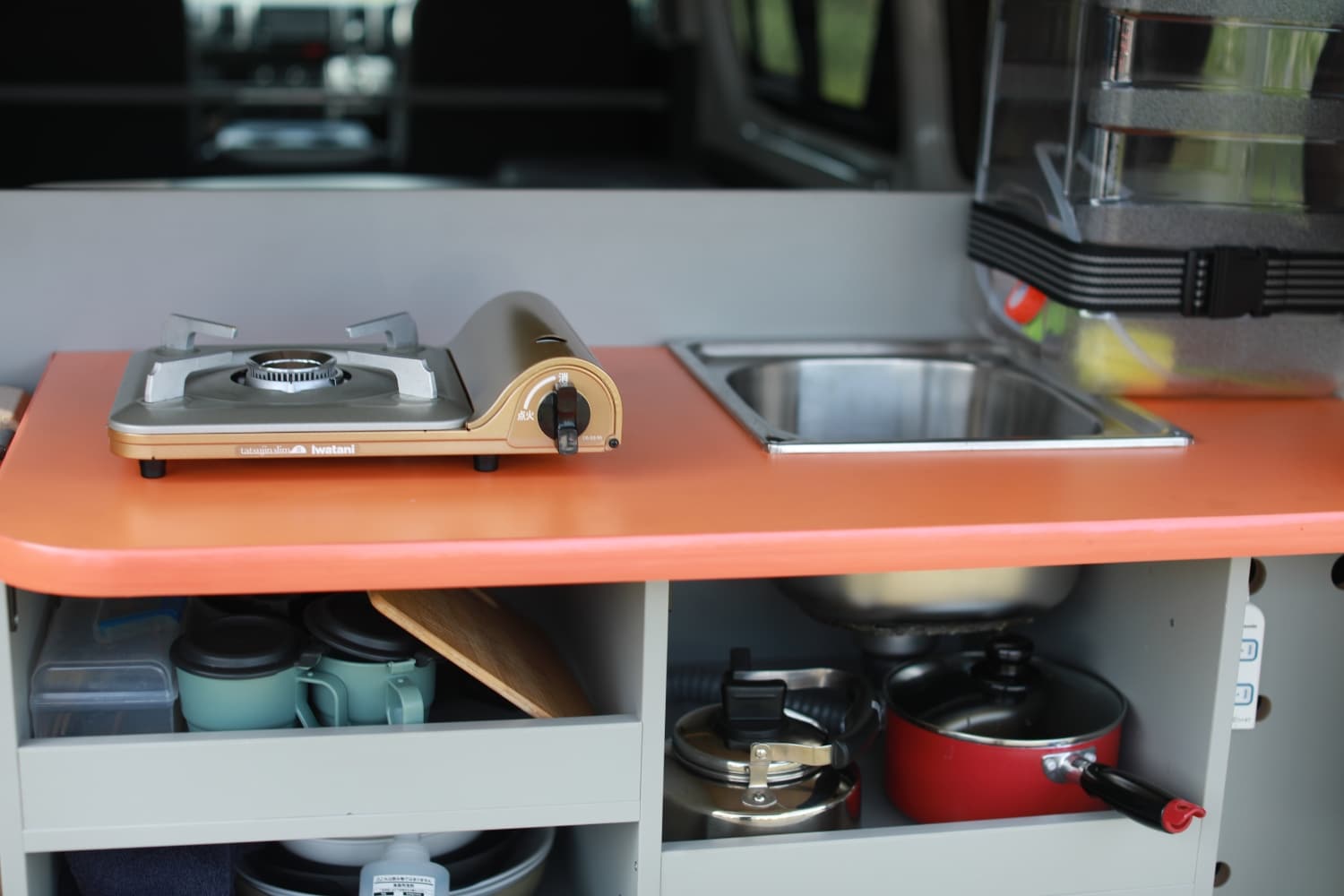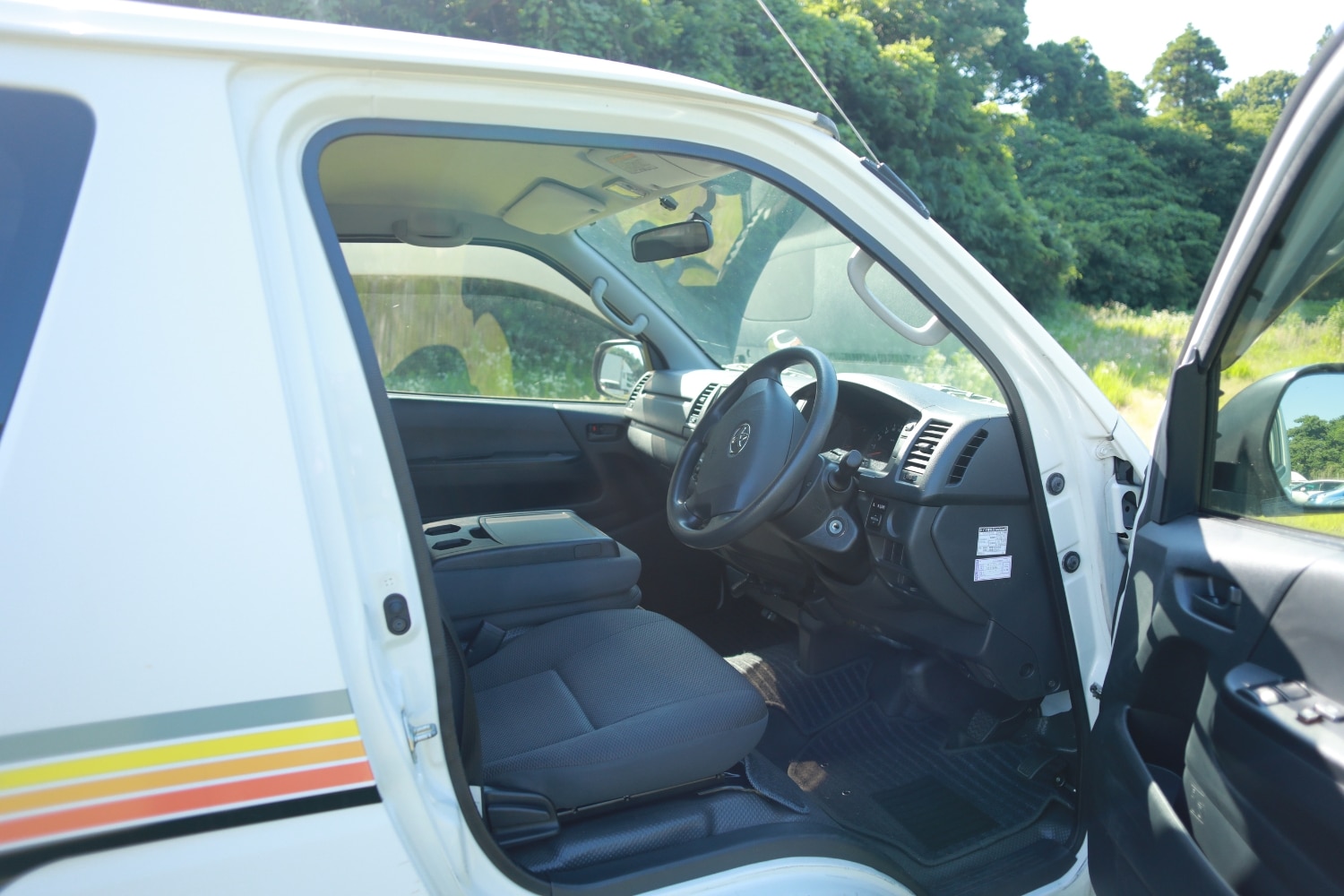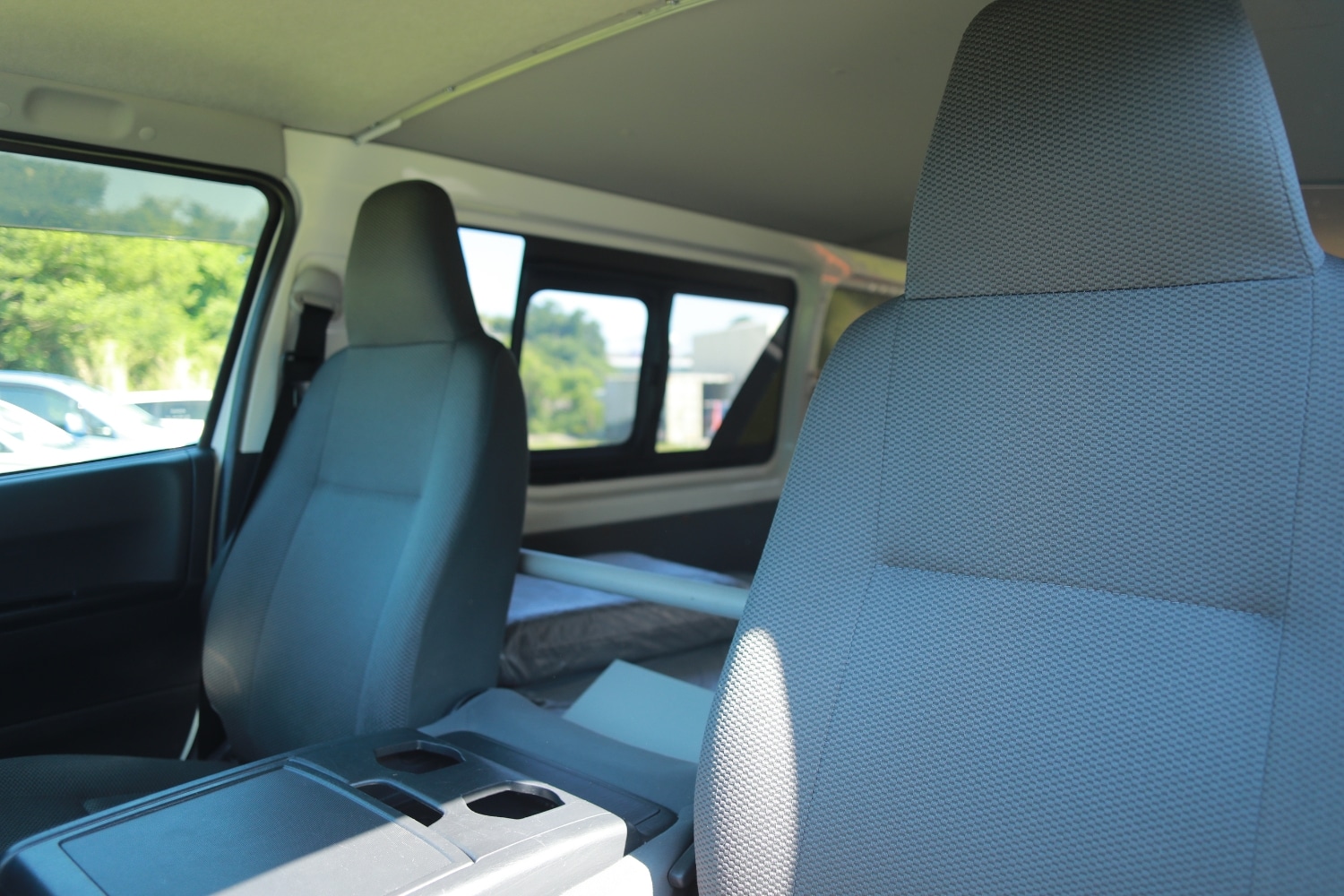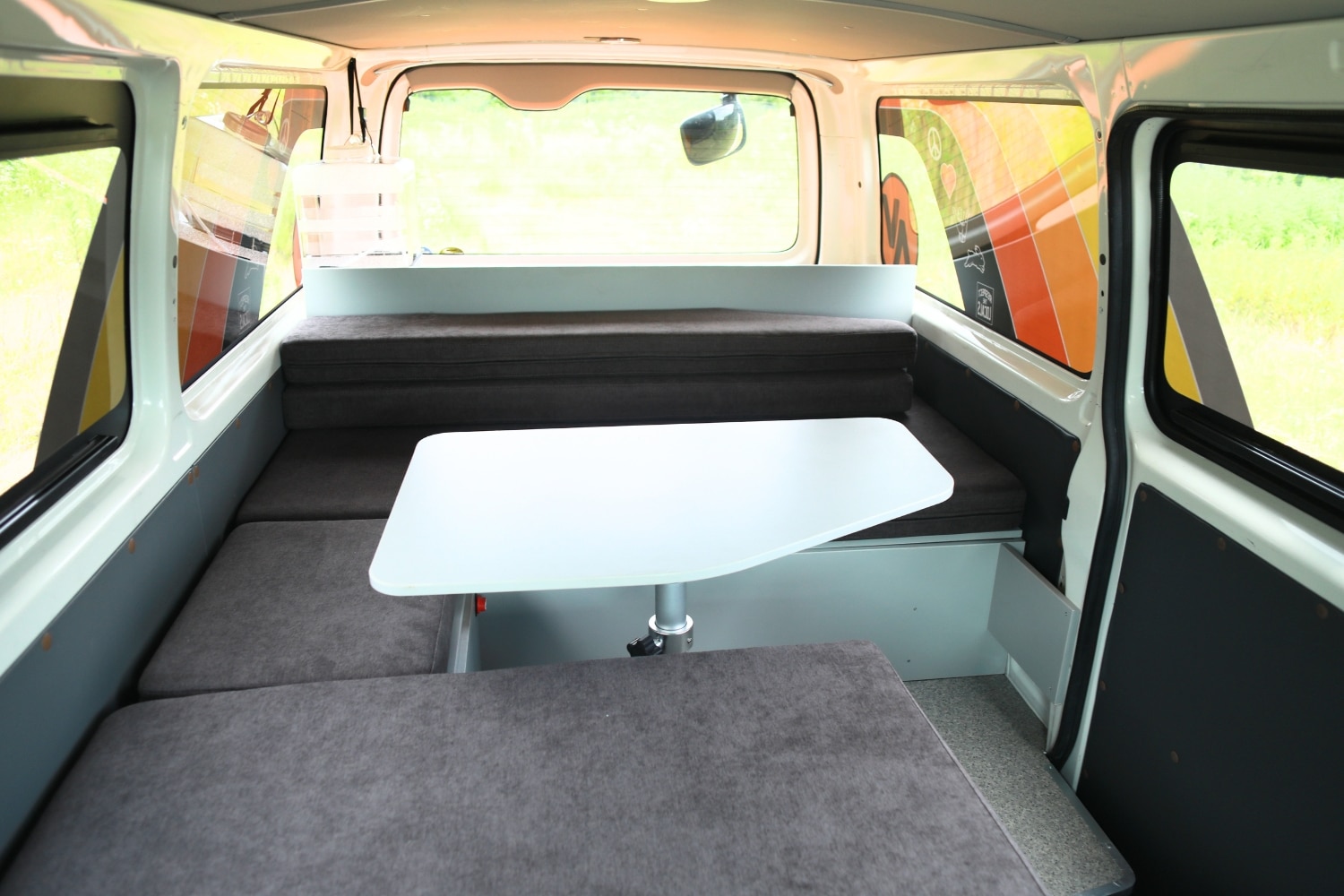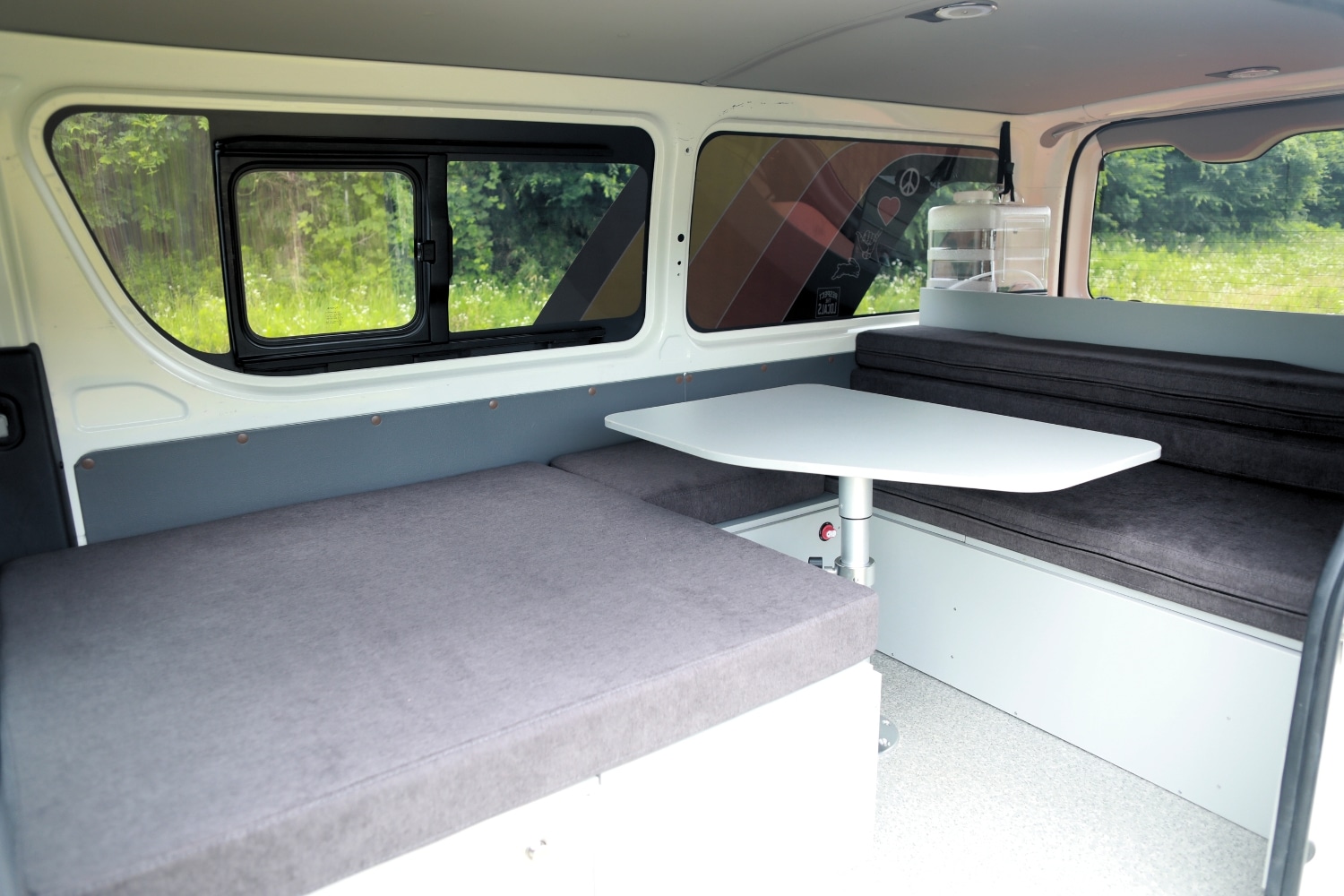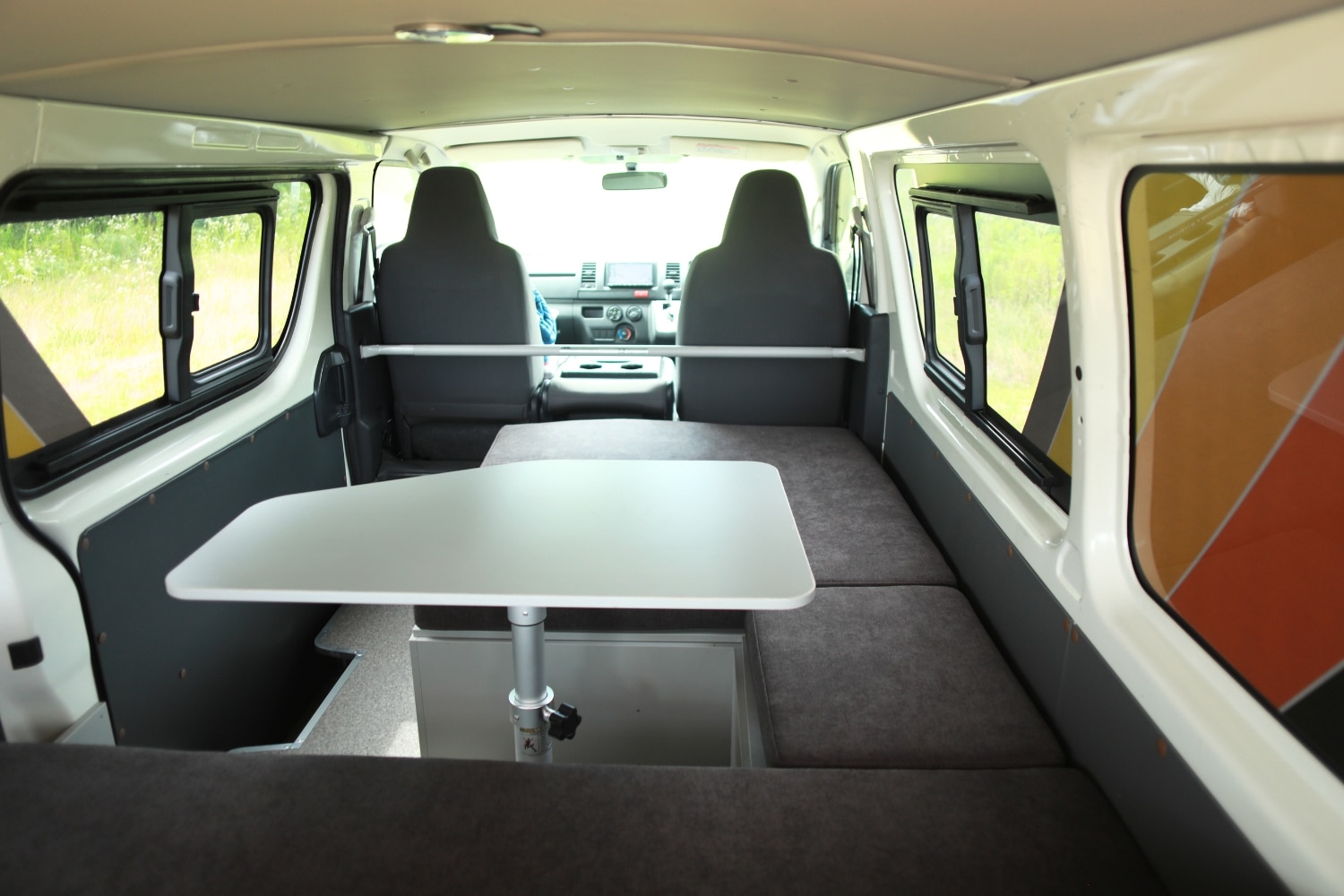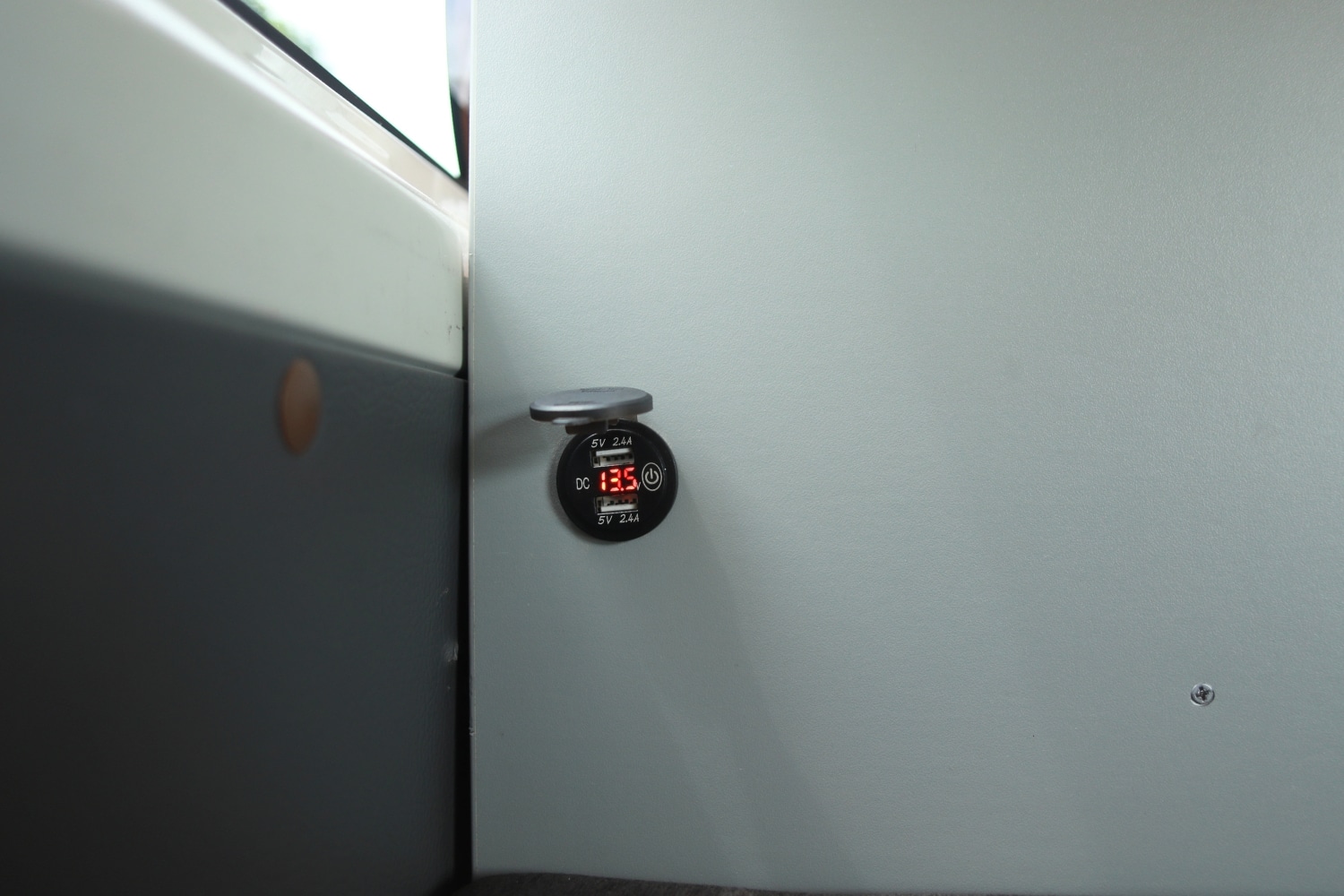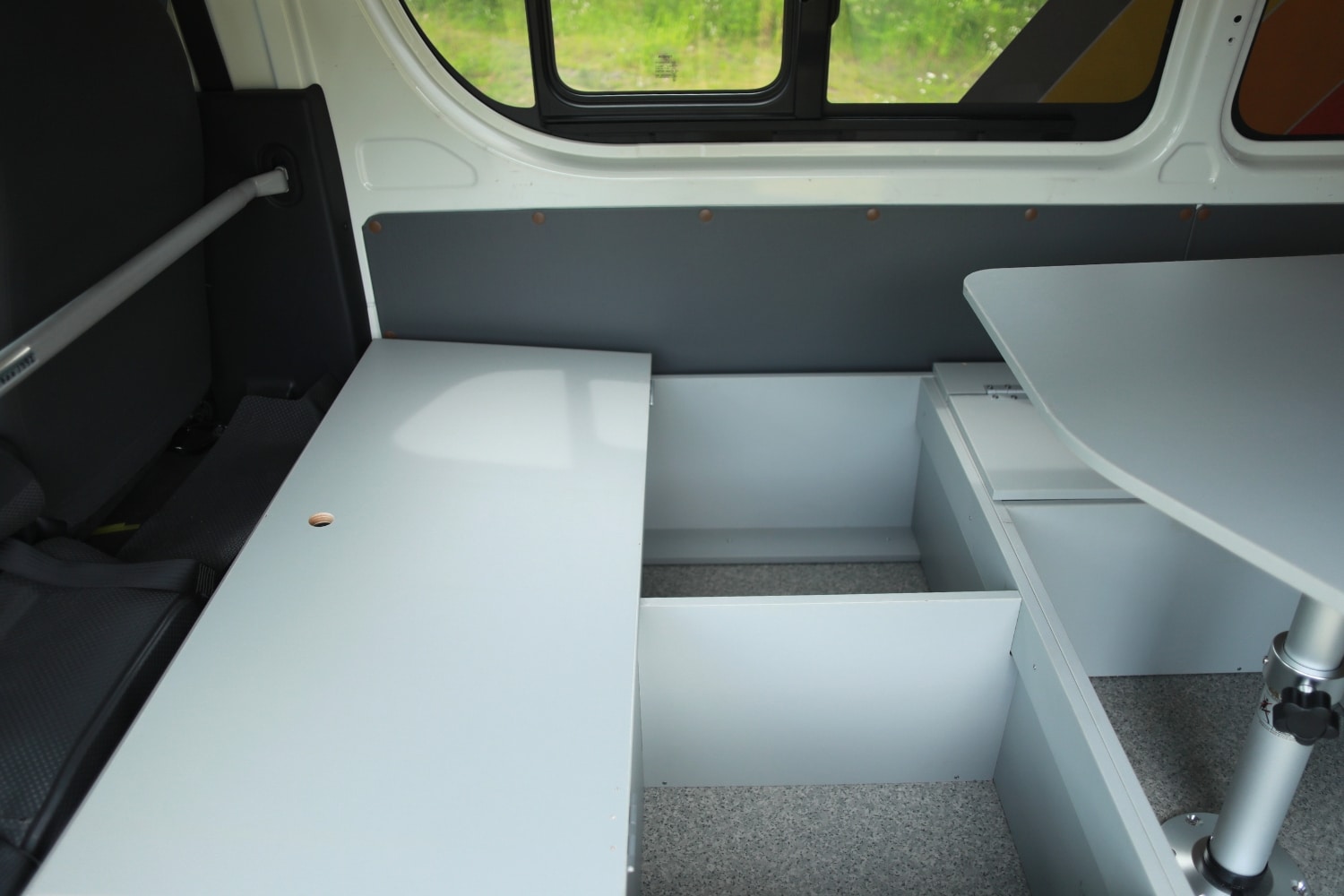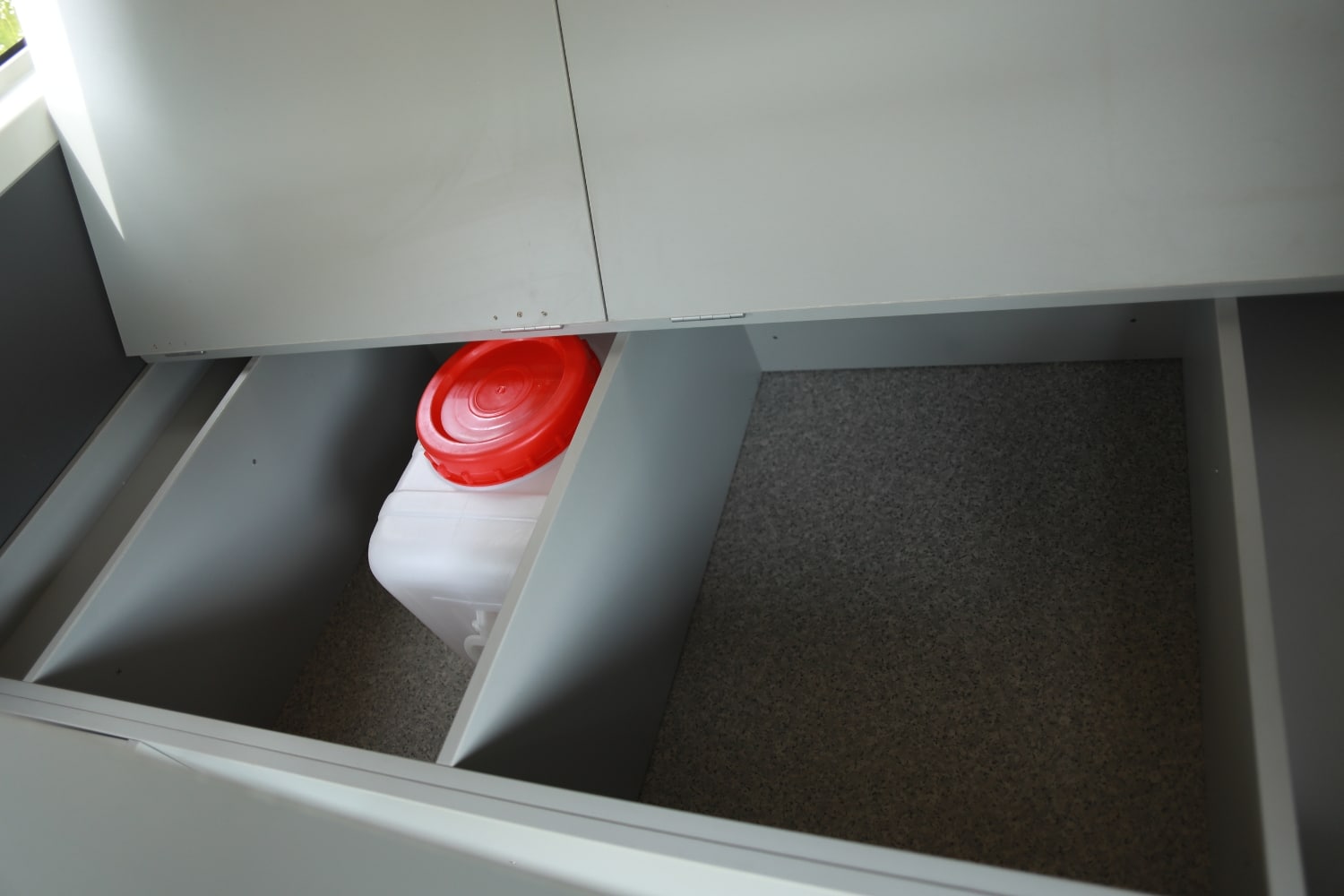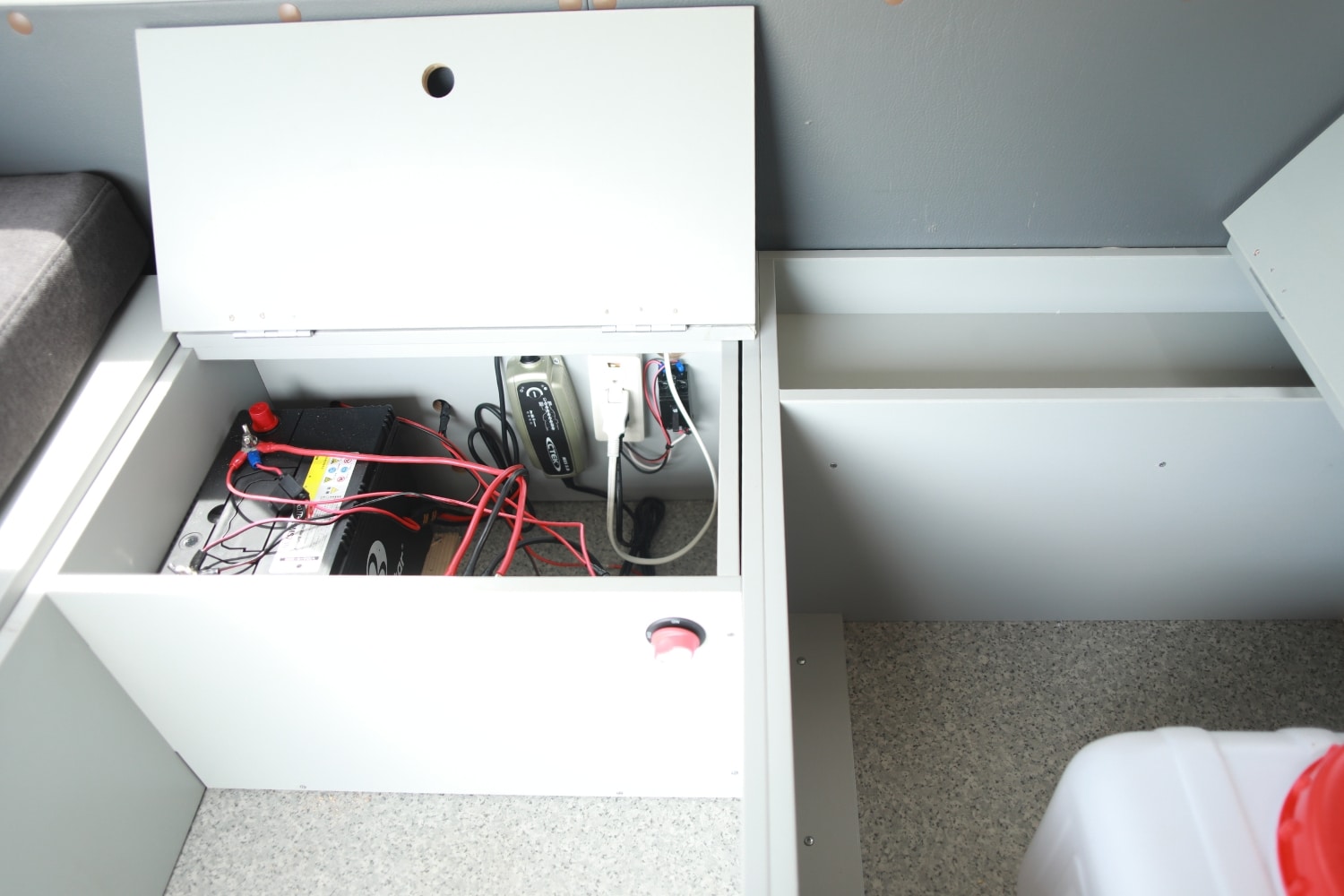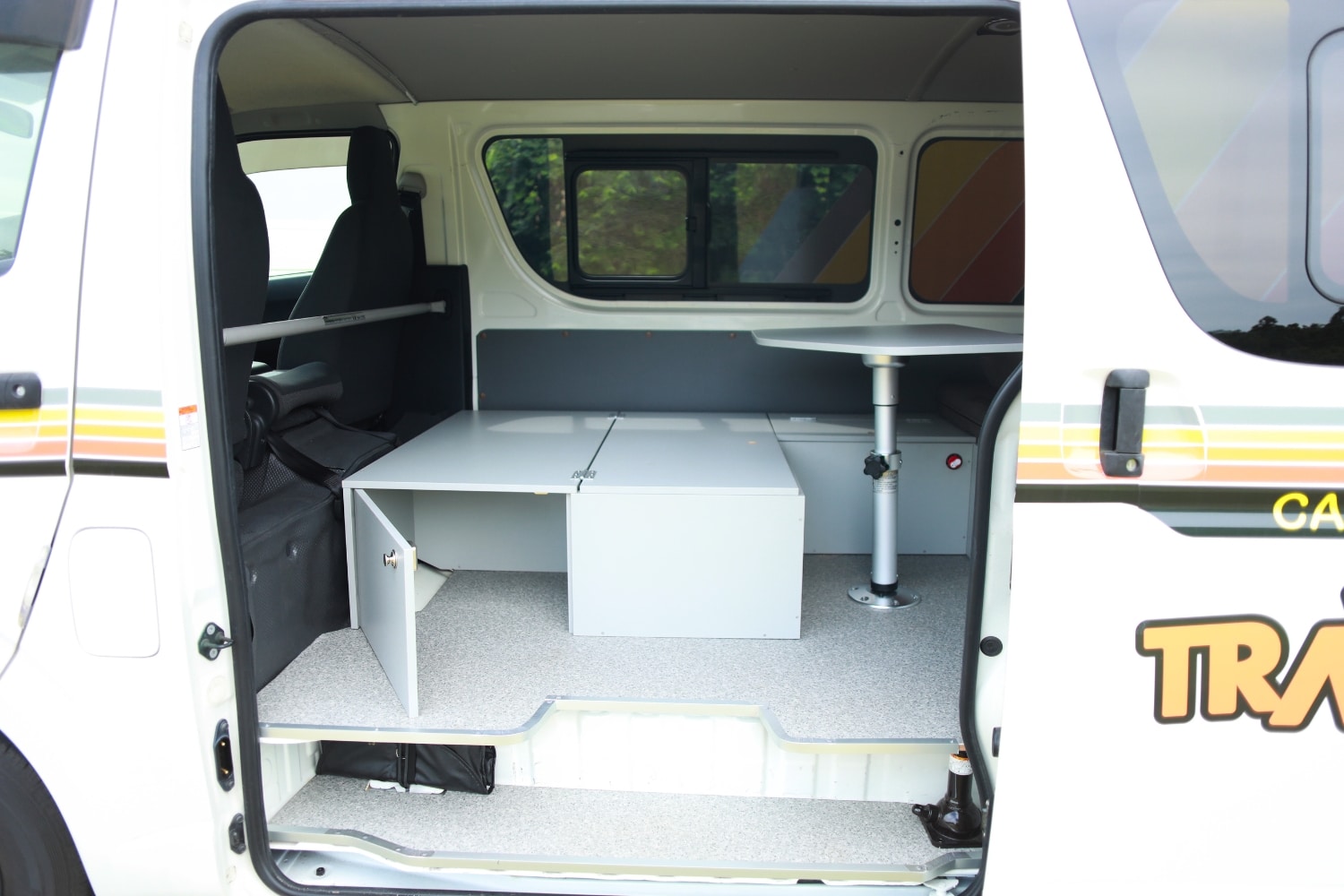Japan, the land of cherry blossoms, samurai and sumo is also home to delicious local food. Local food is so popular that Japanese take trips with the sole purpose of enjoying the local specialties. In this blog I’ll highlight some of the delightful local cuisine you could try in the areas featured on our 10-Day Trip Tokyo – Kyoto – Tokyo itinerary.
Izu Peninsula, Shizuoka Prefecture (Day 1)
Ayu (Sweetfish)
Izu City, in north central Izu Peninsula, is famous for the ayu (sweetfish) that come from the Kanogawa River. Throughout the city you will find restaurants serving this local specialty various ways such as sushi, boiled and salt grilled.
Wasabi
Most likely the “wasabi” you have had was not the real thing as real wasabi is expensive due to it being difficult to grow as it needs very specific growing conditions. You can visit the Wasabi fields of Ikadaba and then try real wasabi in various way including soft serve ice cream at Roadside Station Amagigoe and in Shuzenji Onsen town (featured in our blog Hot Spring (Onsen) Areas/Towns Worth Visiting).
Mt. Fuji, Shizuoka & Yamanashi Prefectures (Days 2 & 3)
Fujinomiya Yakisoba fried noodles (Shizuoka Prefecture)
Fujinomiya City, located on the south western side of Mt. Fuji, has put its local twist on the ever-popular yakisoba. Fujinomiya Yakisoba, a member of the B-1 Grand Prix Hall of Fame (a nationwide local gourmet food contest) has a distinctive firmness and is topped with sardine flakes. Whether it’s lunch, dinner or just a snack, this yakisoba is a winner.
Hoto (Yamanashi Prefecture)
Yamanashi Prefecture’s signature dish, hoto, features a miso-flavored soup loaded with seasonal vegetables, meat and thick flat noodles that grow richer in flavor as they absorb the flavor of the soup. This hearty dish will leave you satisfied and glad you travelled through Yamanashi.
Magome & The Nakasendo Trail, Gifu Prefecture (Day 4)
Goheimochi
This popular local food makes for a great treat any time of the year. Pounded sticky rice is covered with a walnut or miso sauce and then grilled. You will find goheimochi being grilled in front of various shops, and the delightful scent and appetizing appearance will beckon you to try it.
Kei-chan Chicken
Gifu Prefecture’s version of stir-fry is well known for its varied flavors and ingredients. Marinated chicken is usually stir-fried with cabbage in a sauce such a miso, soy, or garlic depending on the restaurant. Why not try it a couple times to find which one you fancy the most.
Lake Biwa, Shiga Prefecture (Day 5)
Funa-zushi
Crucian carp from Lake Biwa are pickled in salt and then fermented in rice giving this dish a distinct flavor and scent some say is like blue cheese. It is said that funa-zushi is the oldest form of sushi in Japan and is of such importance to Shiga Prefecture that it is registered as an Intangible Folk Culture Asset. Traveling is an adventure, so why not try this local specialty!
Kamo Nabe (duck hotpot)
While nabe (hotpot) is a popular dish throughout Japan with many varieties to be found, duck nabe is the local version around Lake Biwa. Kamo nabe features flavorful duck meat, tofu, various vegetables in a soy-based soup.
Kyoto (Days 6 & 7)
Tori-Paitan Ramen (chicken white soup ramen)
Ramen in Japan is very regional, and Kyoto’s version is famous for its thick chicken broth soup. While the soup is often so thick that a renge (ramen spoon) can be stood up in it, it has a delightful umami flavor that is enhanced by roasted pork. It’s worth a try especially if you fancy local ramen.
Yatsuhashi
When Japanese visit Kyoto, one of the most bought souvenirs is yatsuhashi. Traditionally, this sweet features soft cinnamon flavored rice dough folded over sweet bean paste, but nowadays, yatsuhashi comes in a wide variety of flavors such as chocolate, matcha (green tea), strawberry, and black sesame to just name a few.
Nara (Day 8)
Miwa Somen
Somen noodles, the thinnest noodles in Japan, are known for their delicate texture and flavor. In southern Nara is Mt. Miwa which is said to be the home of somen with its pure water being used to make the noodles. Miwa somen is usually eaten in a soy sauce broth and can be found served hot or cold all throughout Nara.
Kakinoha-zushi
Nara’s take on sushi uses salted mackerel or salmon that has been wrapped in persimmon leaves. The persimmon leaves provide a subtle fragrance and kill dangerous microbes due to their antibacterial properties. For a day spent walking around Nara, pick up some kakinoha-zushi to eat on the go.
Hakone, Kanagawa Prefecture (Day 9)
Kuro-tamago (black eggs)
Hakone’s most well-known food comes about by eggs being boiled in the sulfur hot spring water of the famous Owakudani hot springs. While the shell of the egg turns black, the inside is unaffected. There are some who say that the kuro-tamogo is not only the best tasting hard-boiled egg but that it also will add an extra seven years to your life.
Soba (buckwheat noodles)
Soba can be found throughout Japan, but the noodles from Hakone are especially tasty due to the local natural spring water. Whether eaten hot or cold, with tempura, vegetables, grated yam or tofu, the soba in Hakone is something that should not be missed
About the Author
Sayuri
I have been travelling by campervan to various areas all over Japan for more than 5 years. My goal is to visit all 47 prefectures in Japan! Just 12 more prefectures to go and I'll have accomplished it! I hope I can share some of information of wonderful places in Japan.
